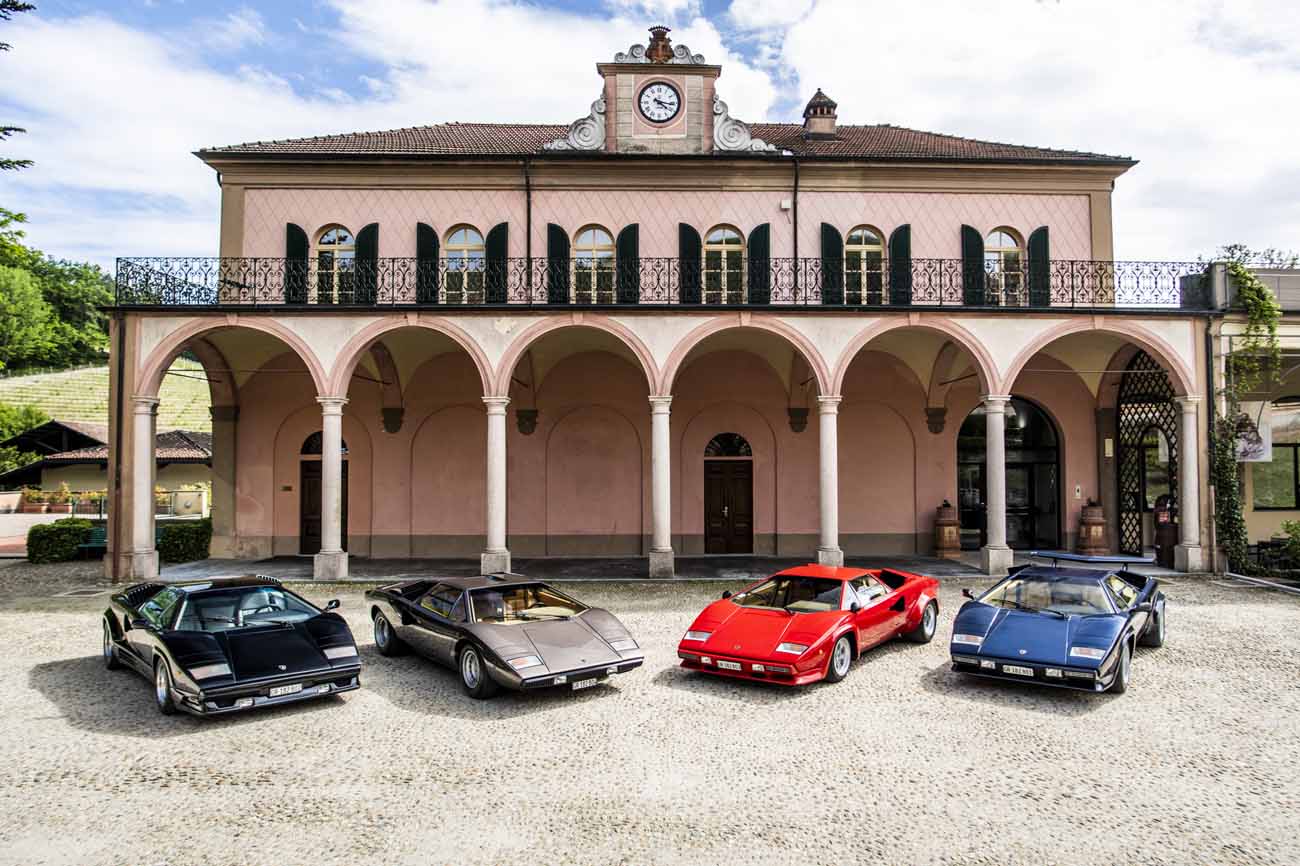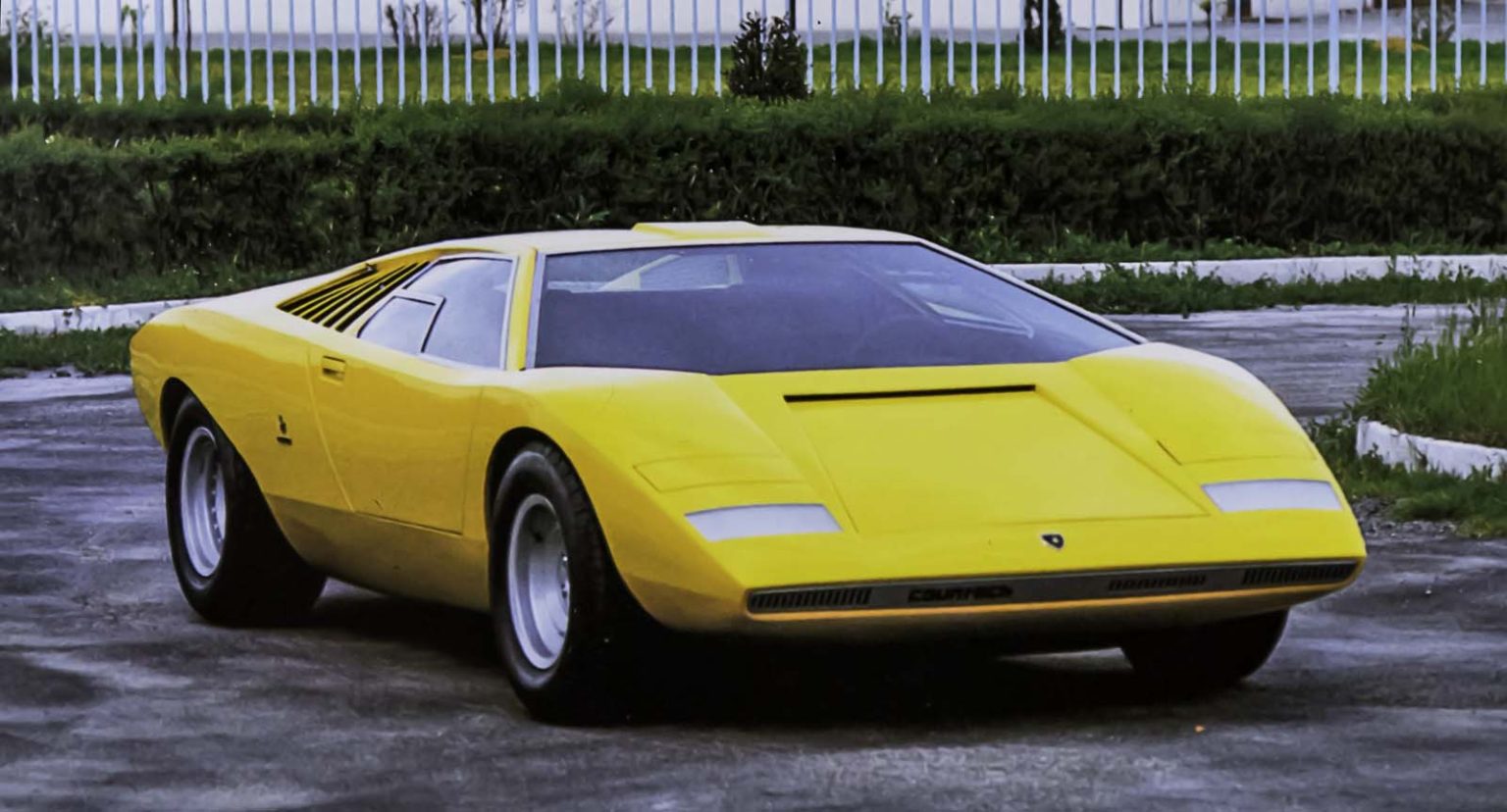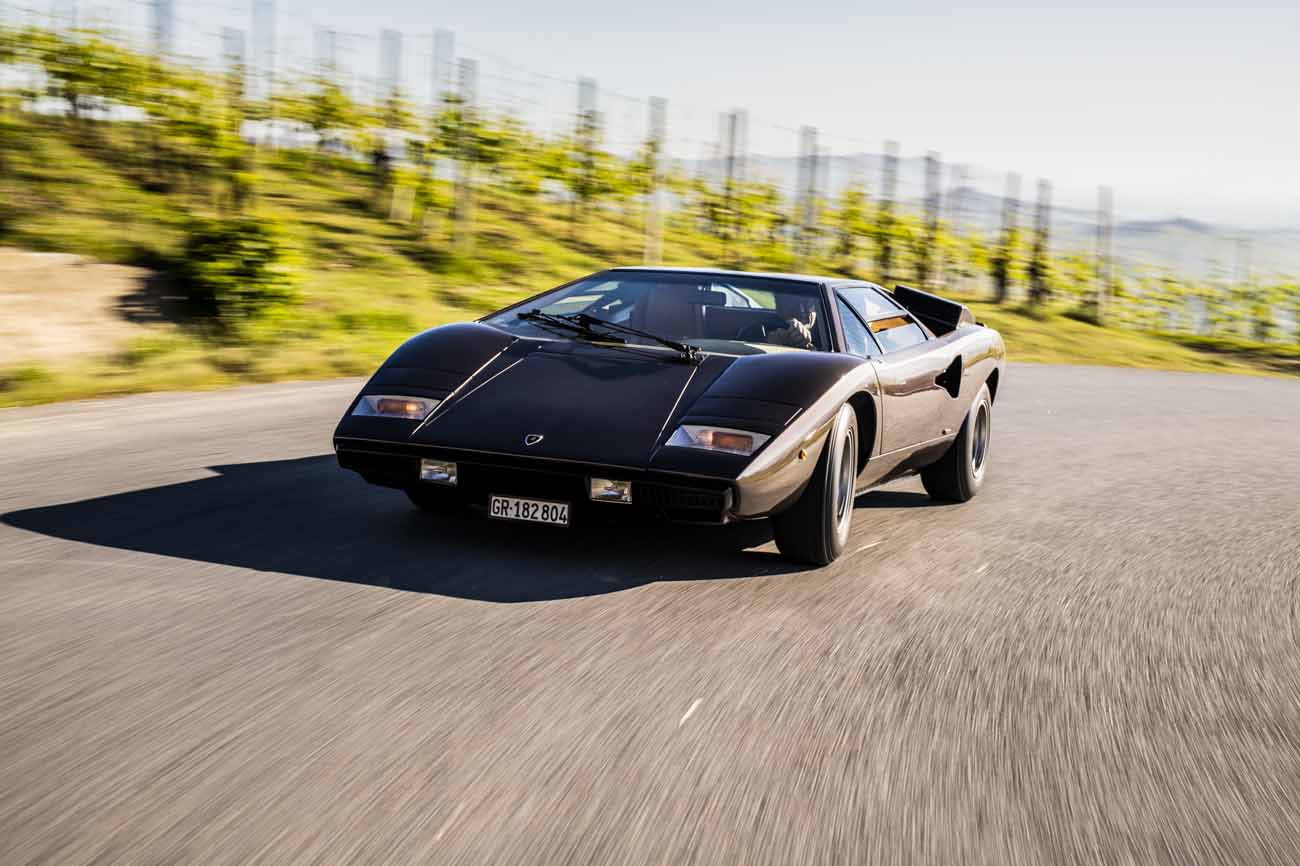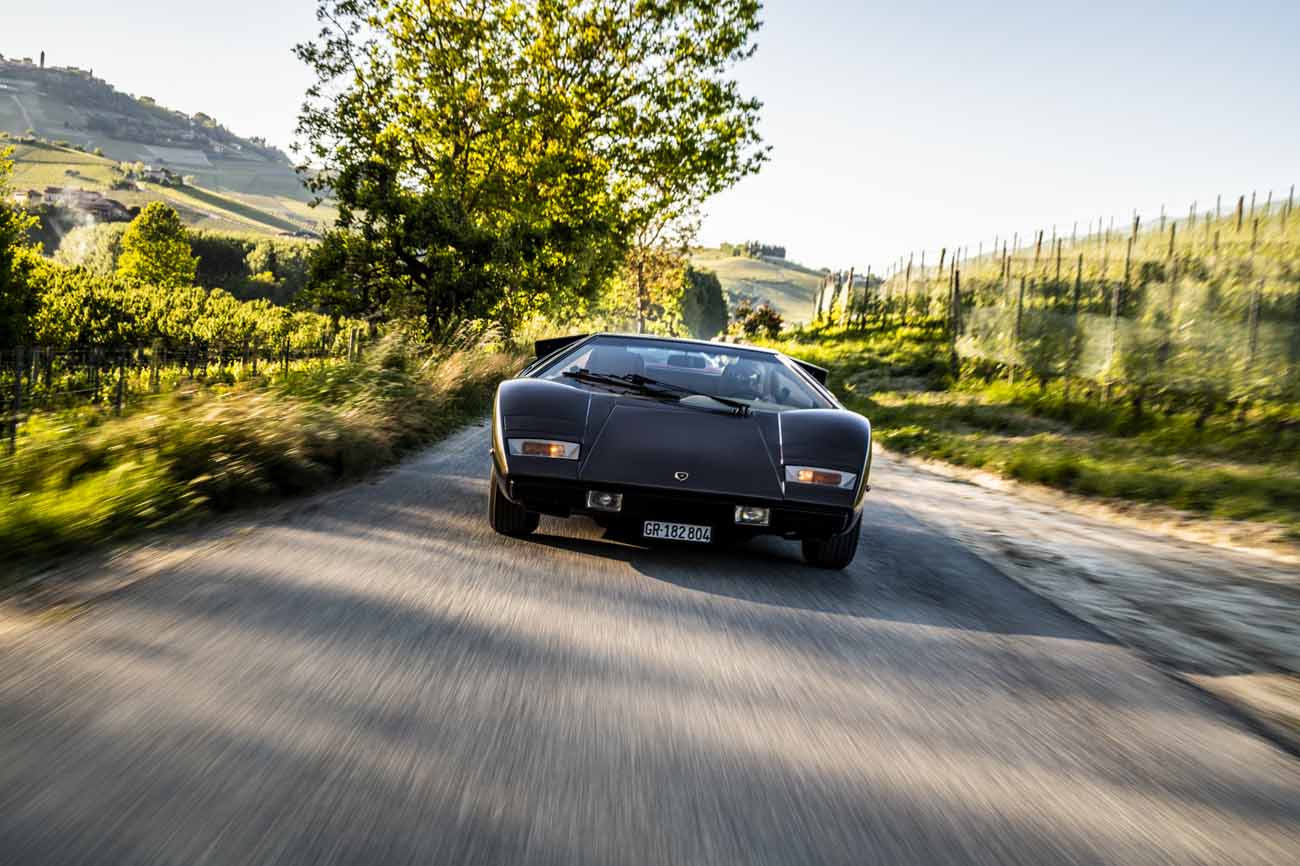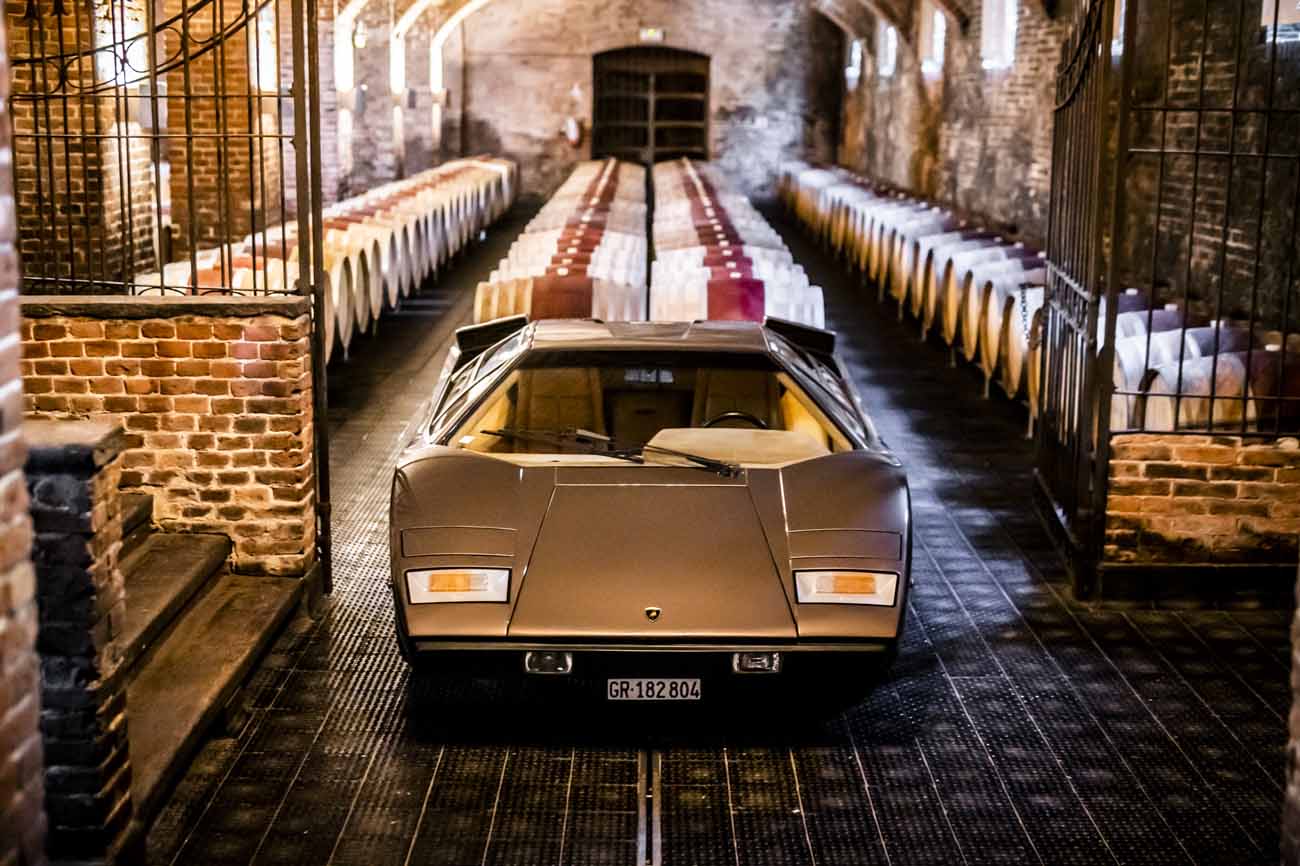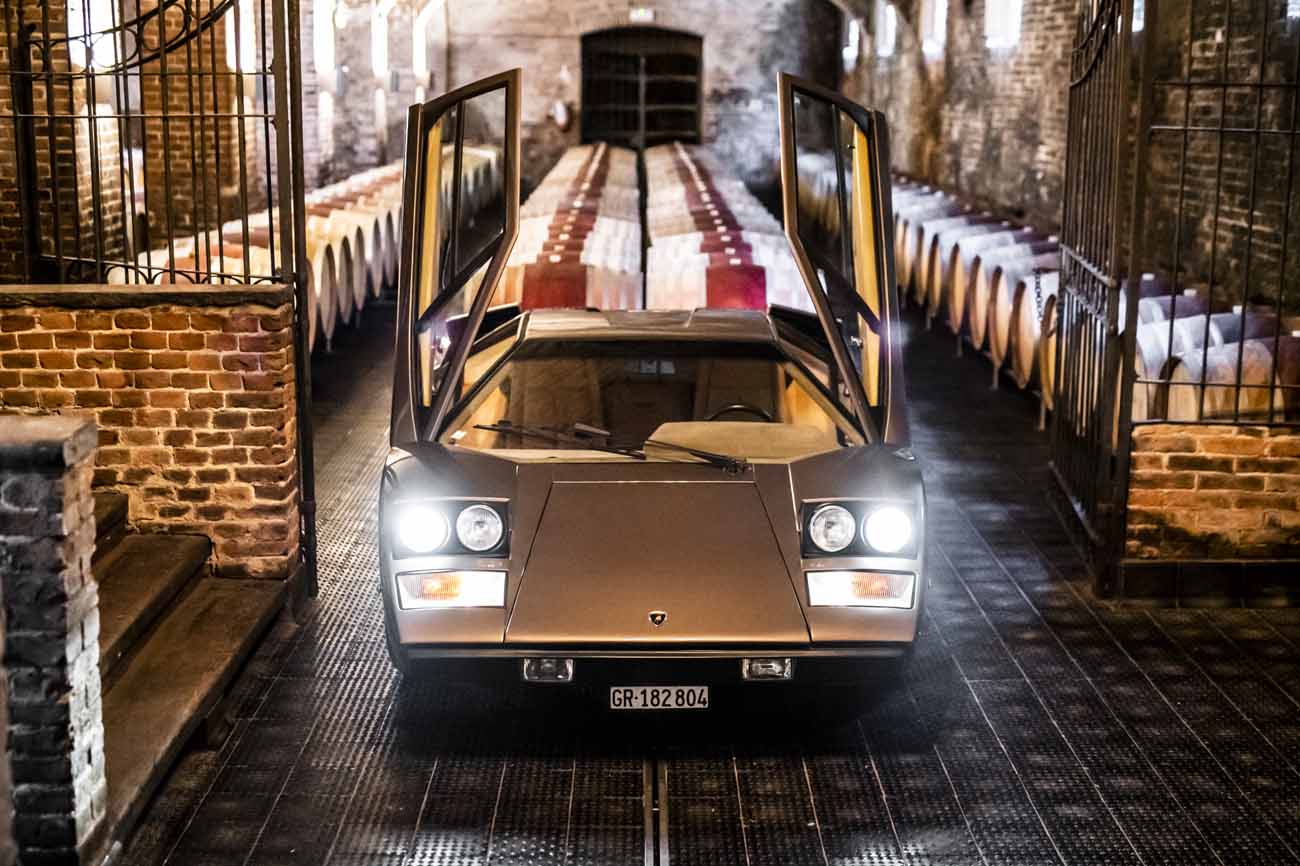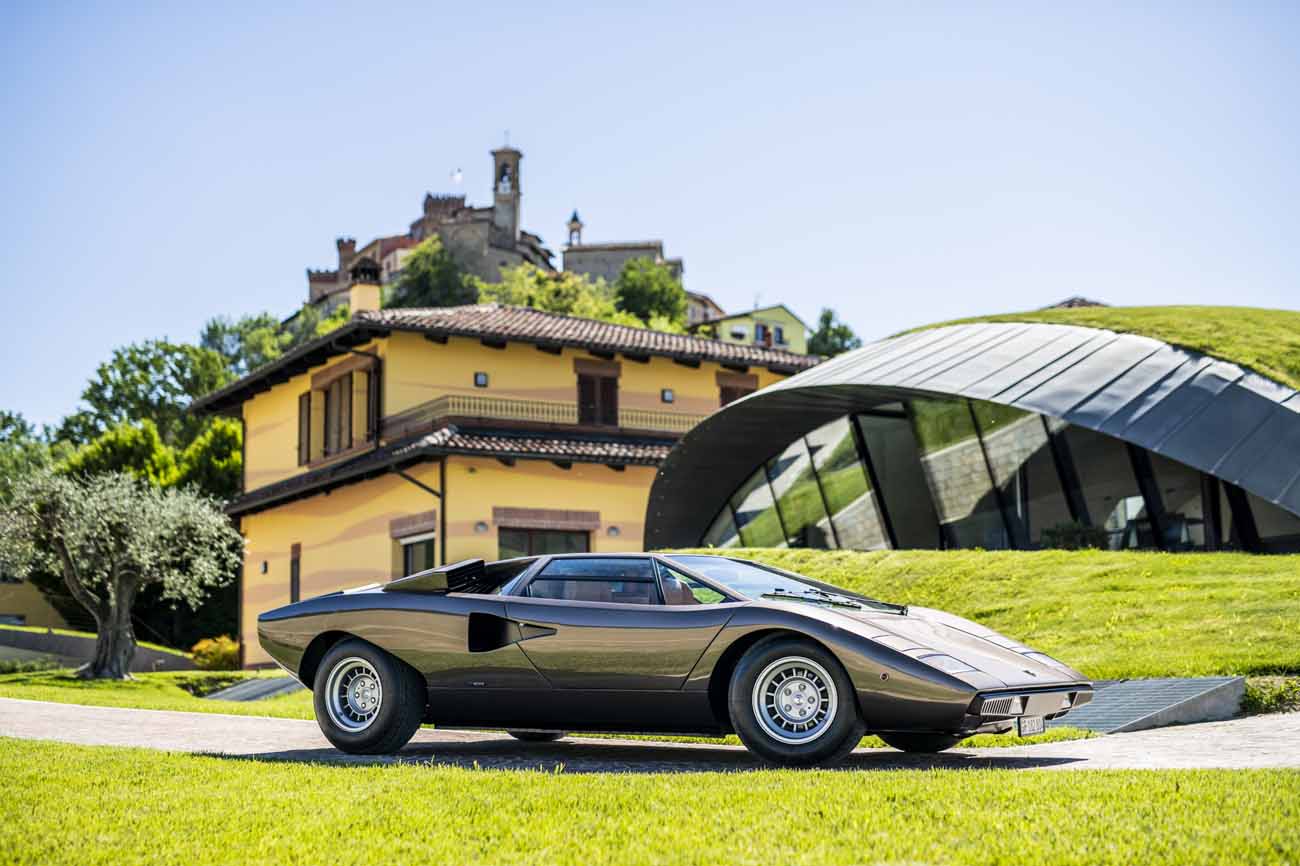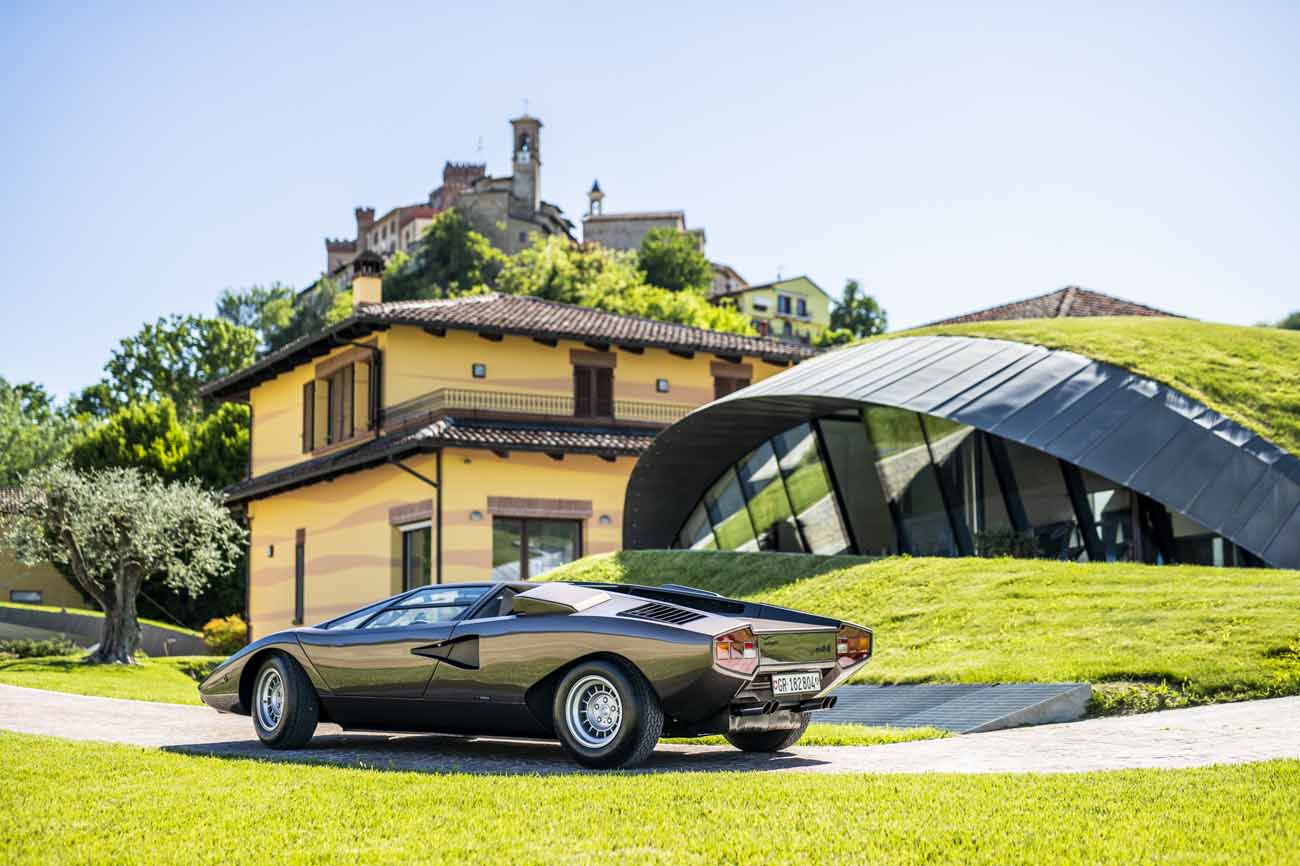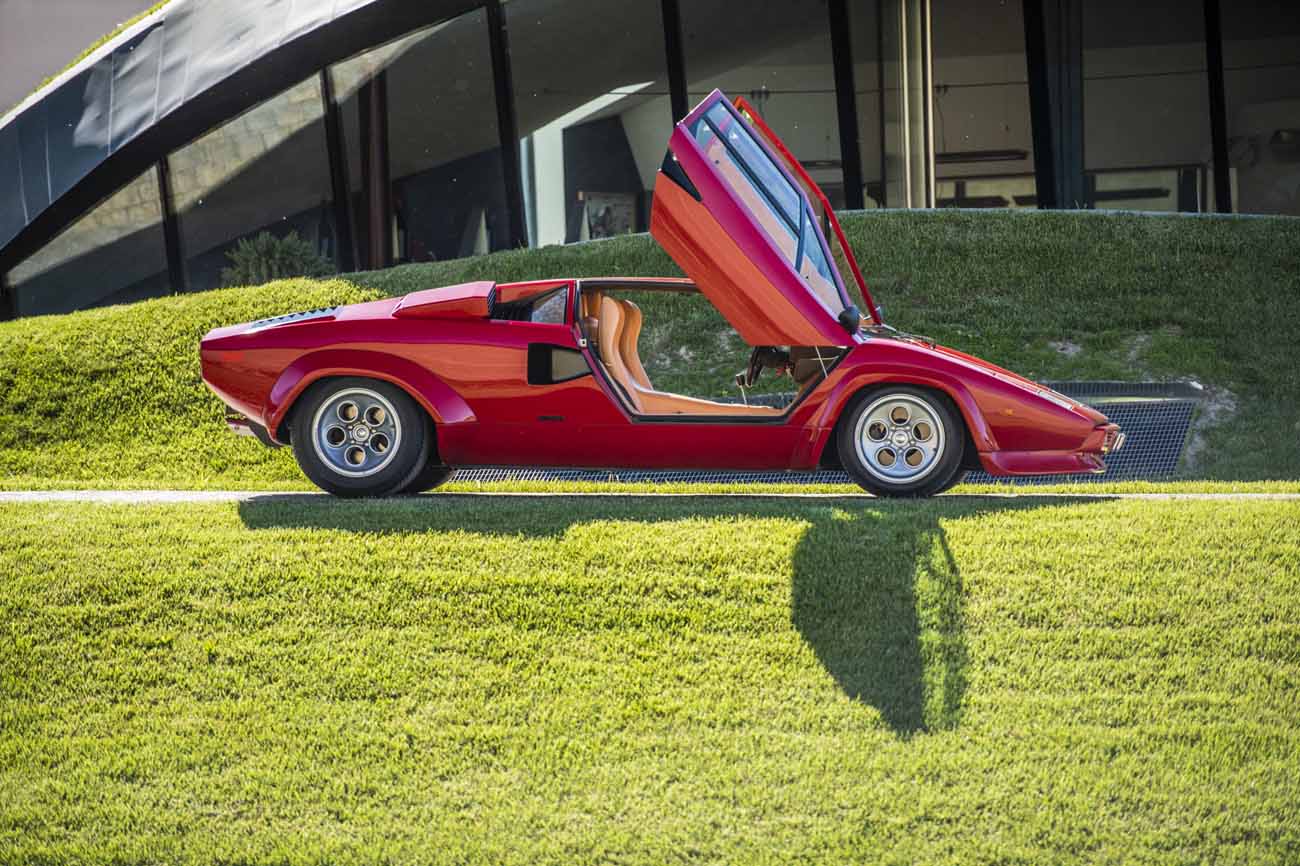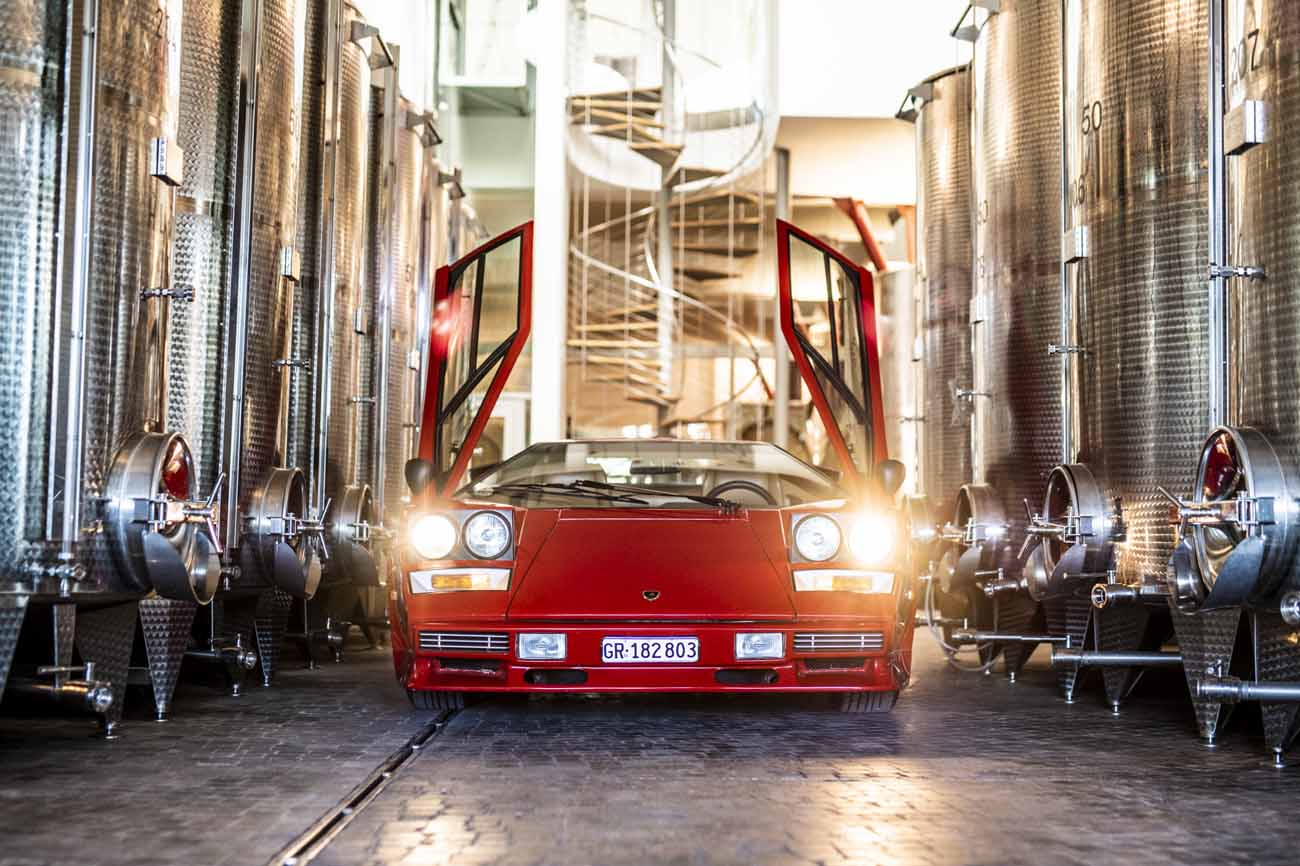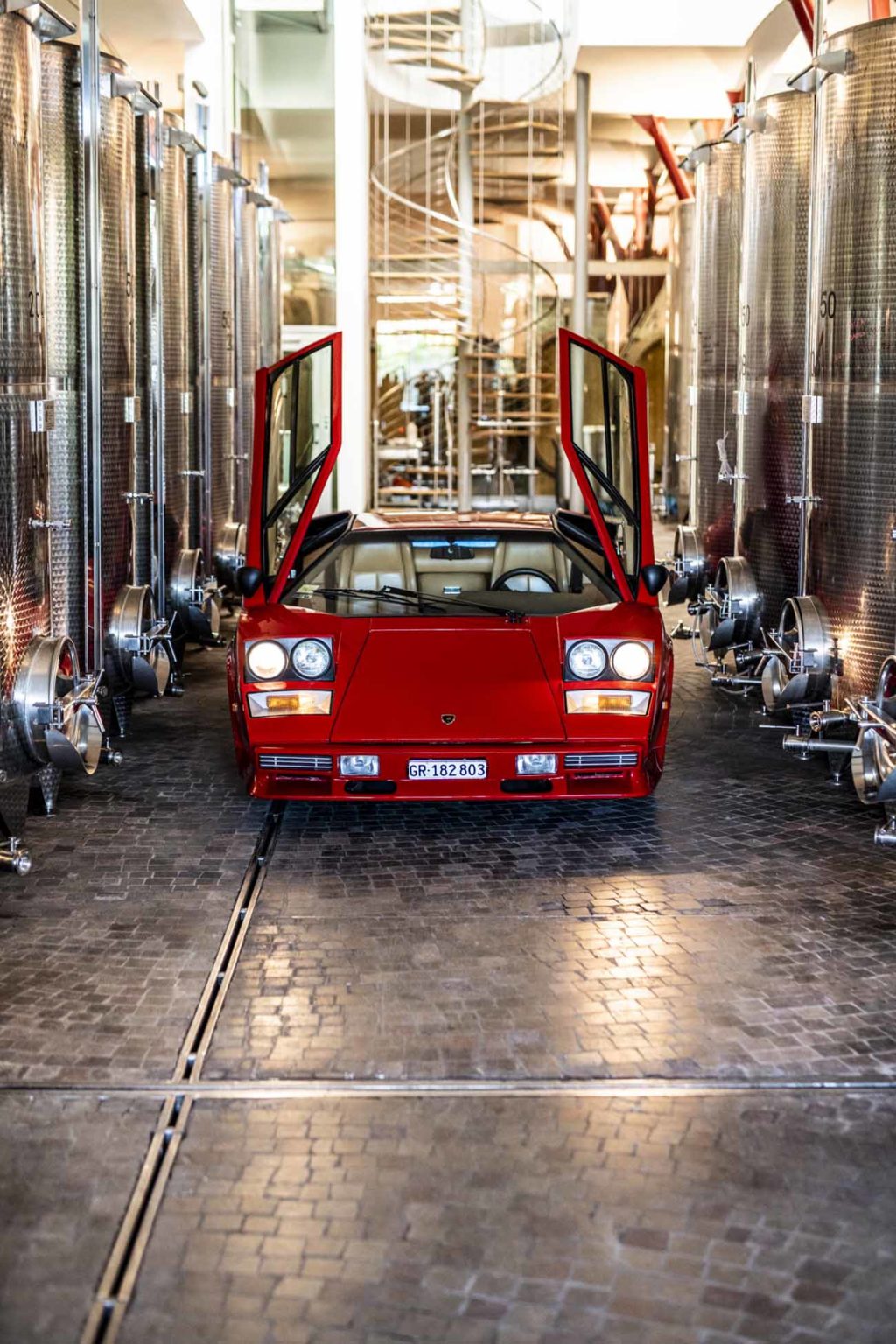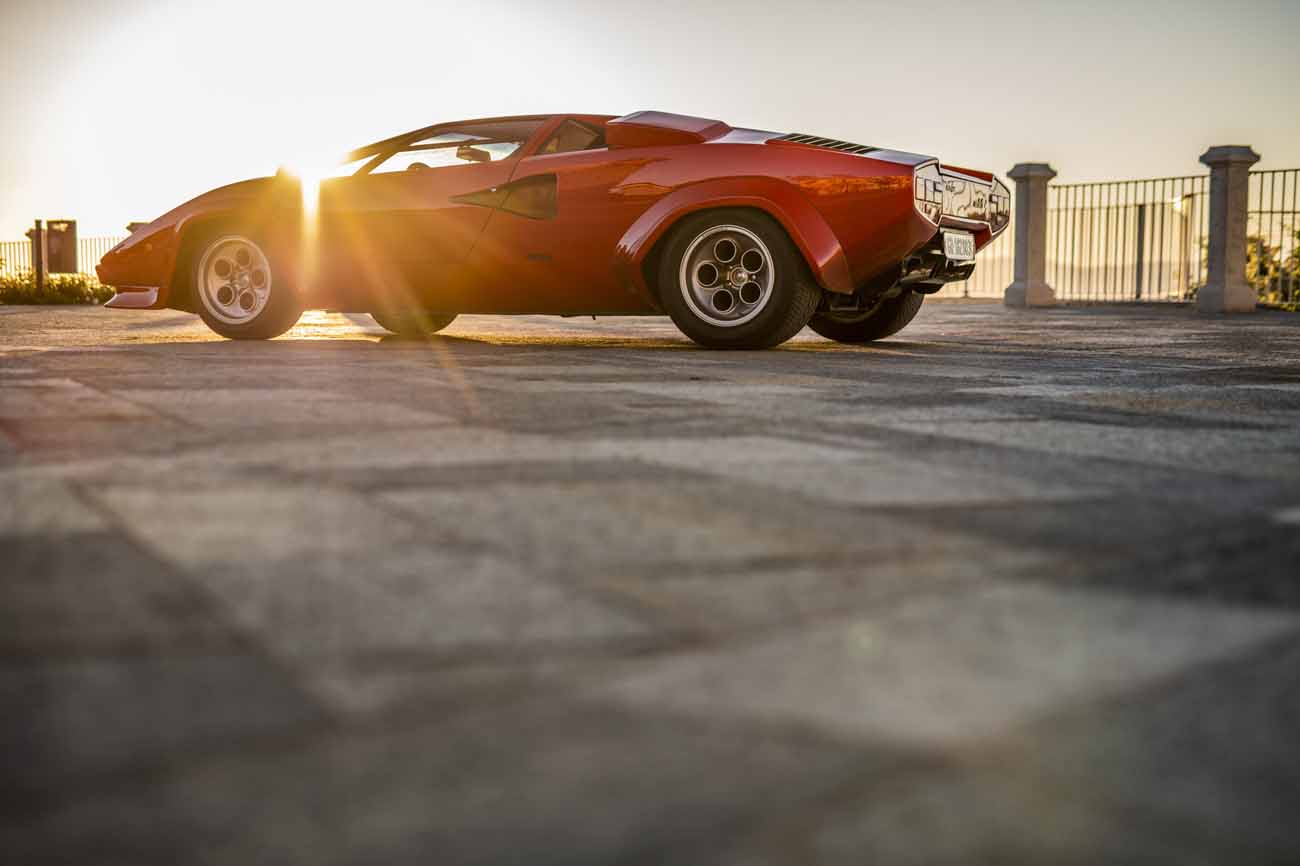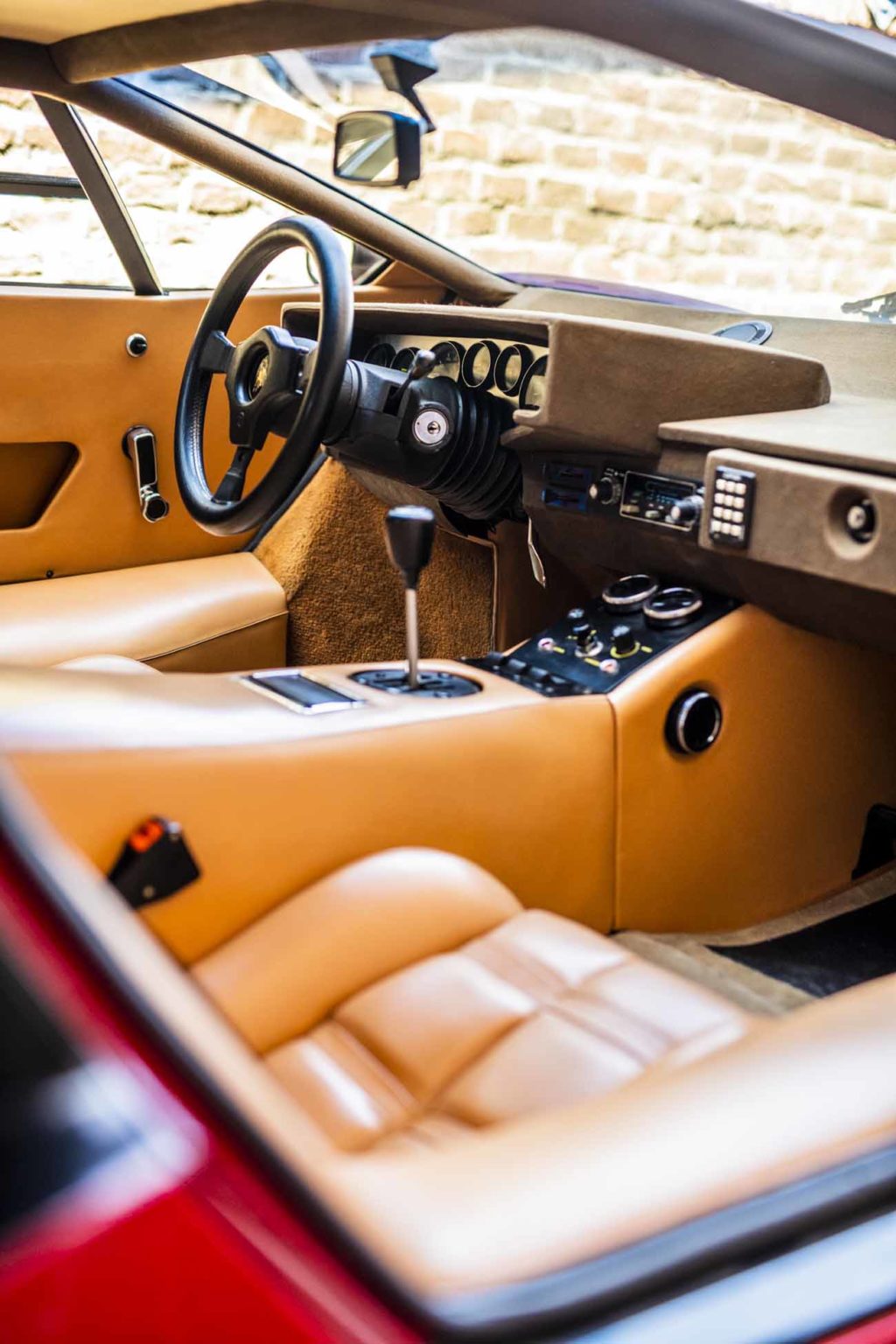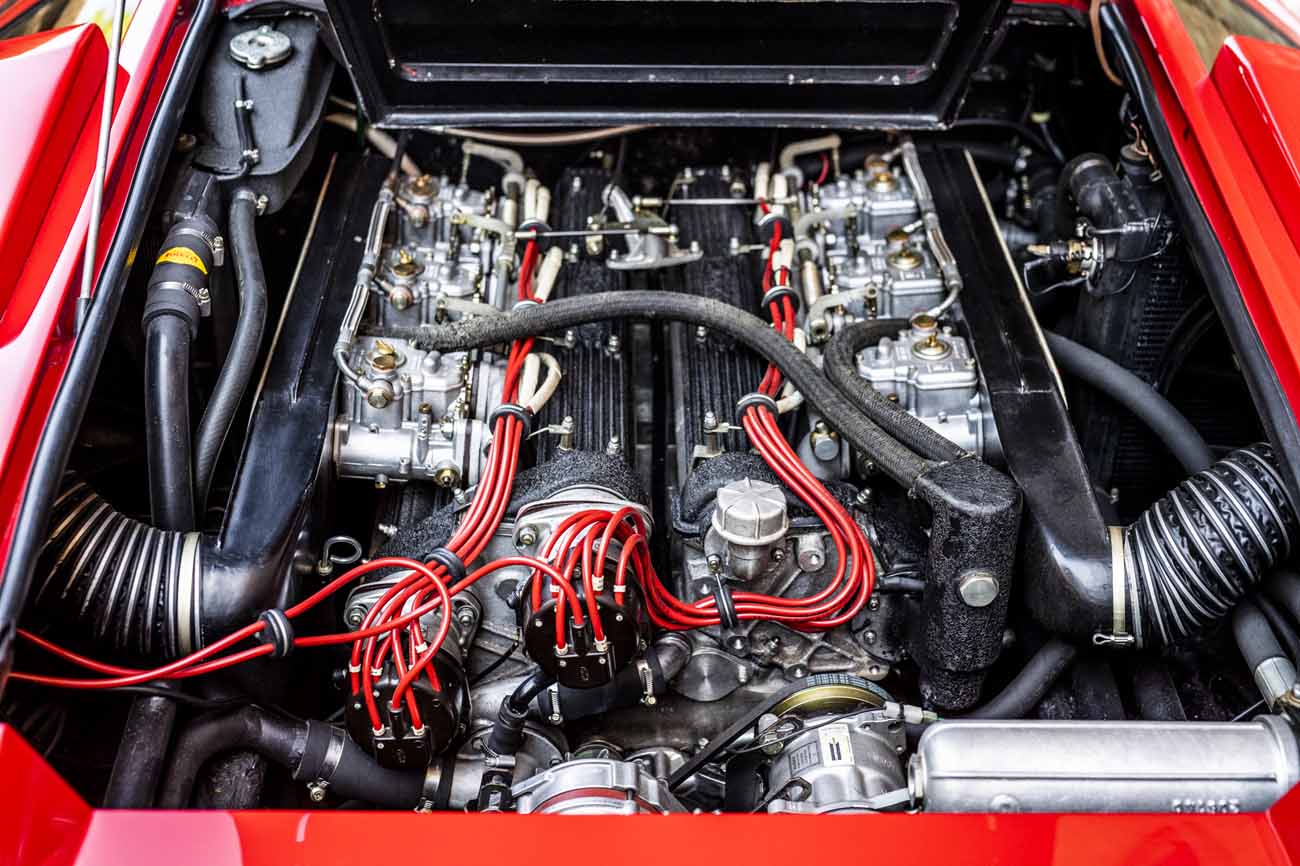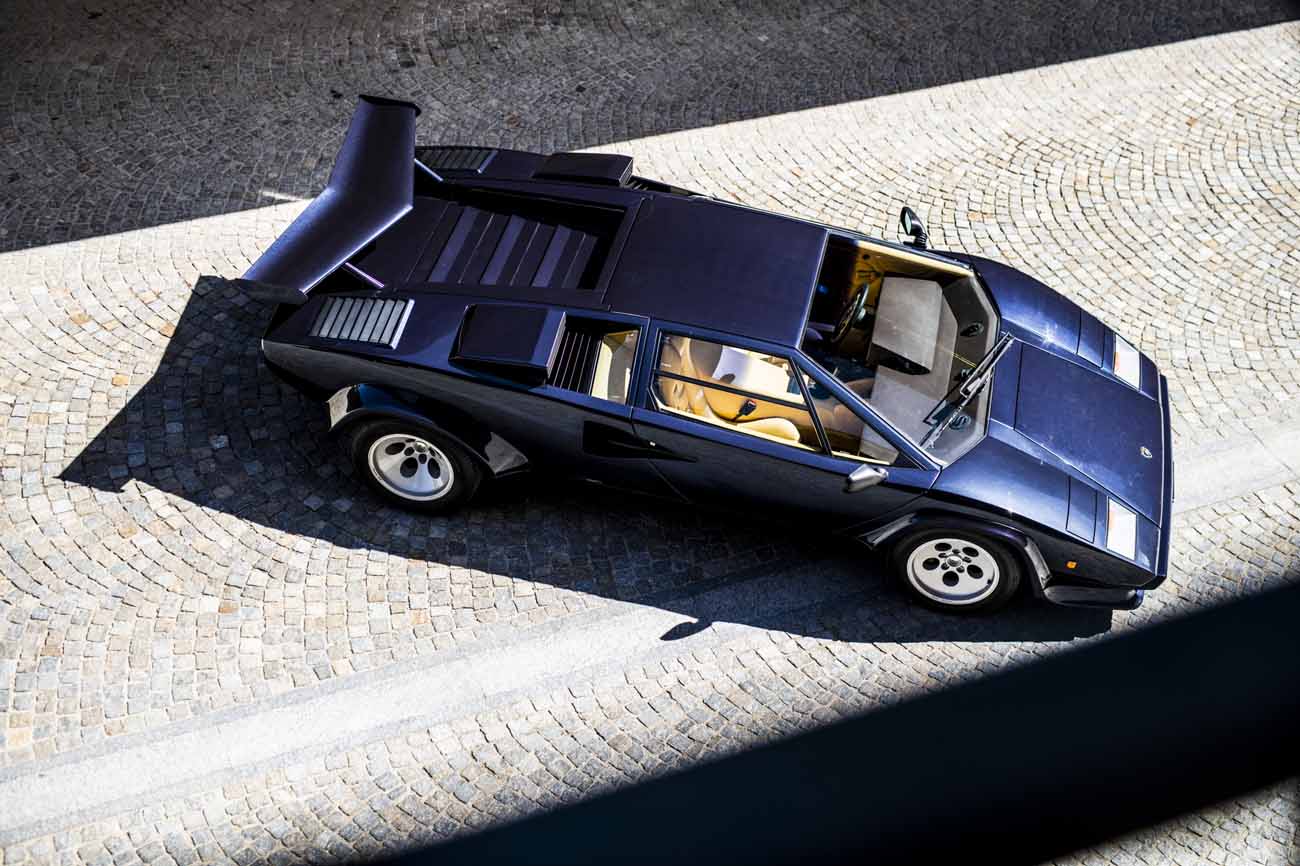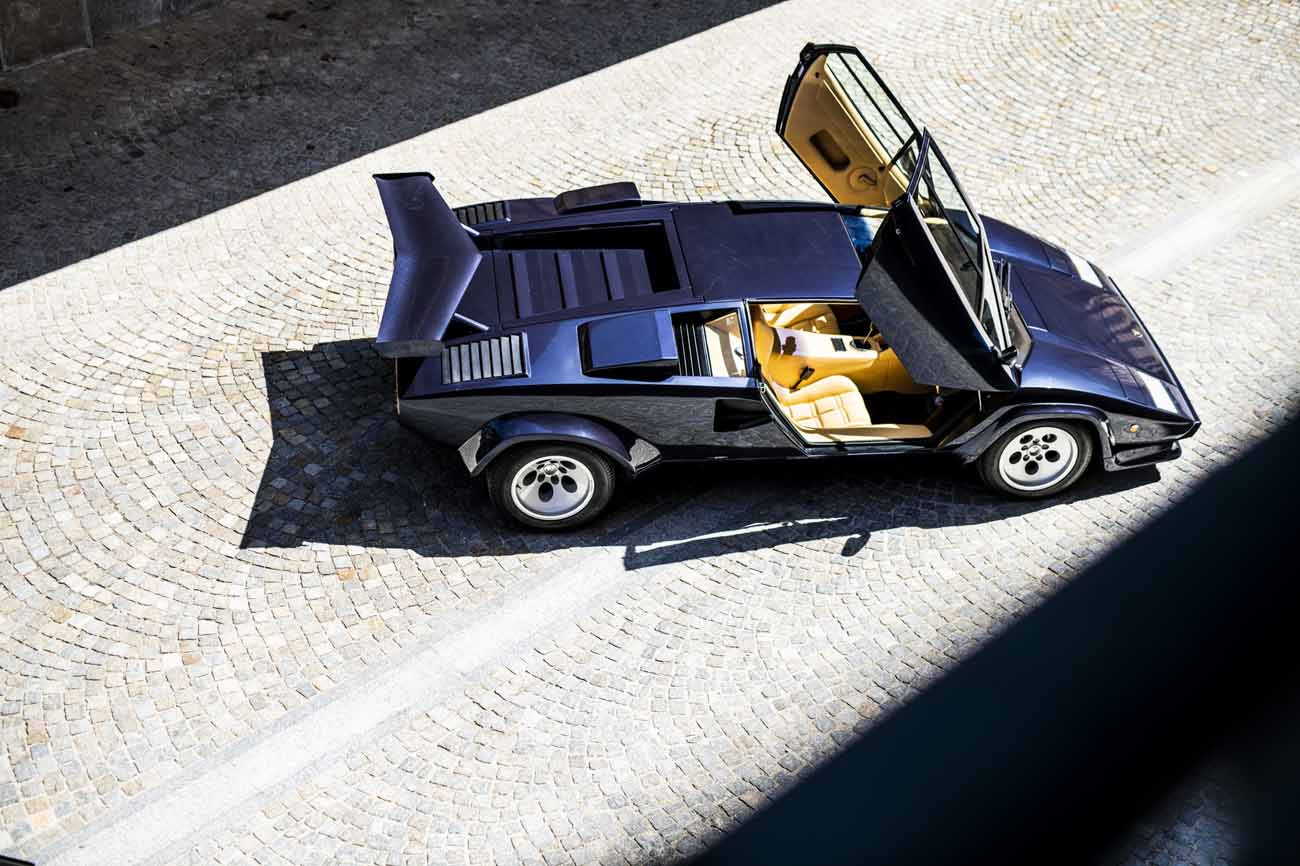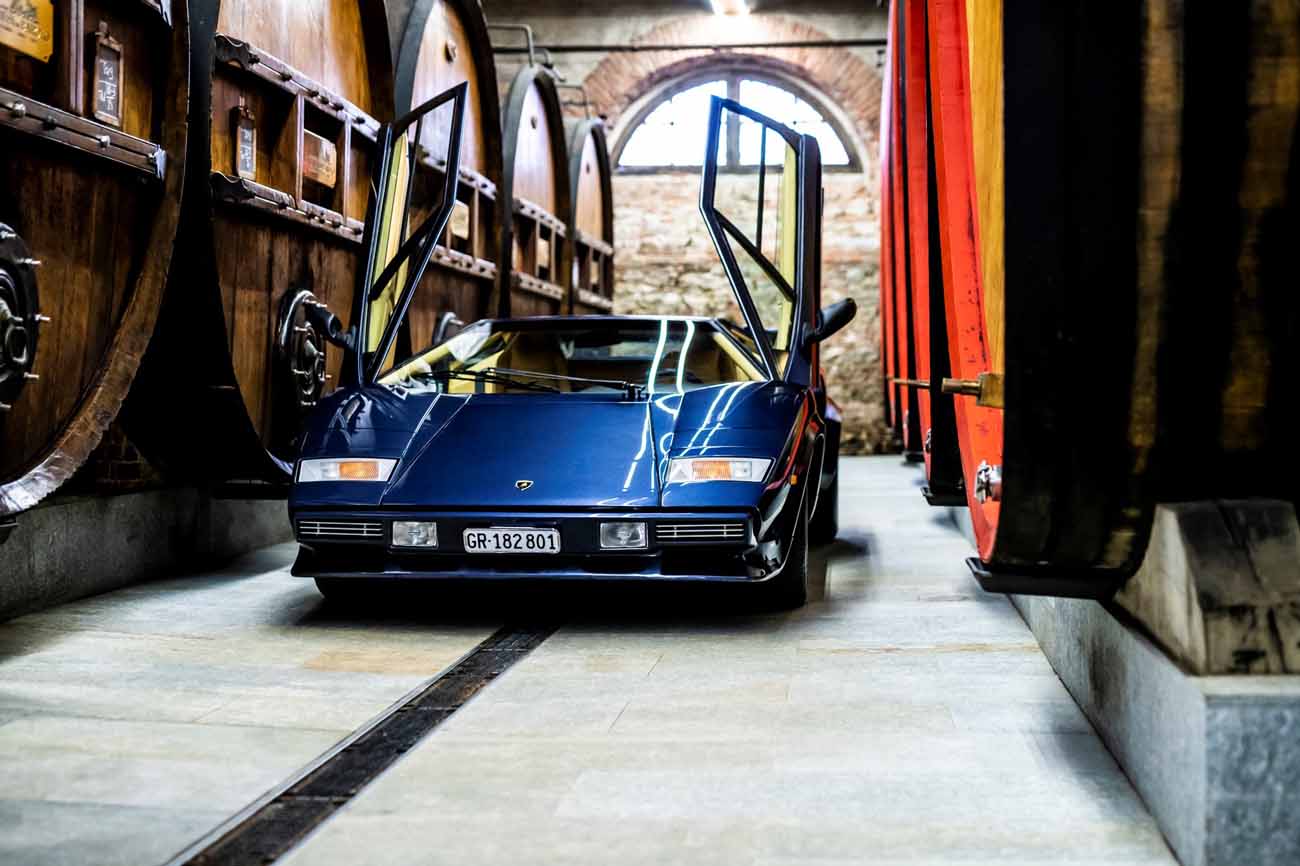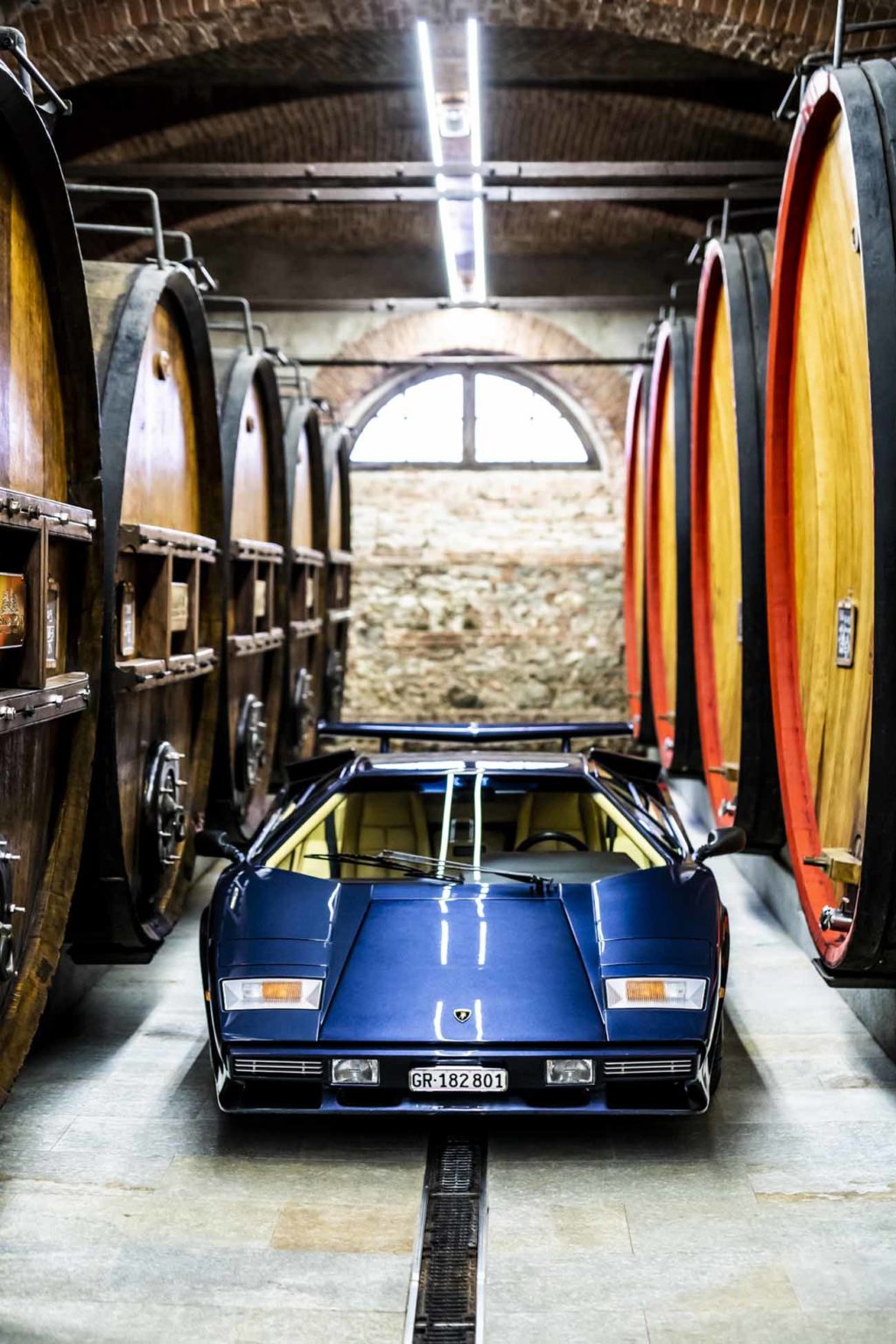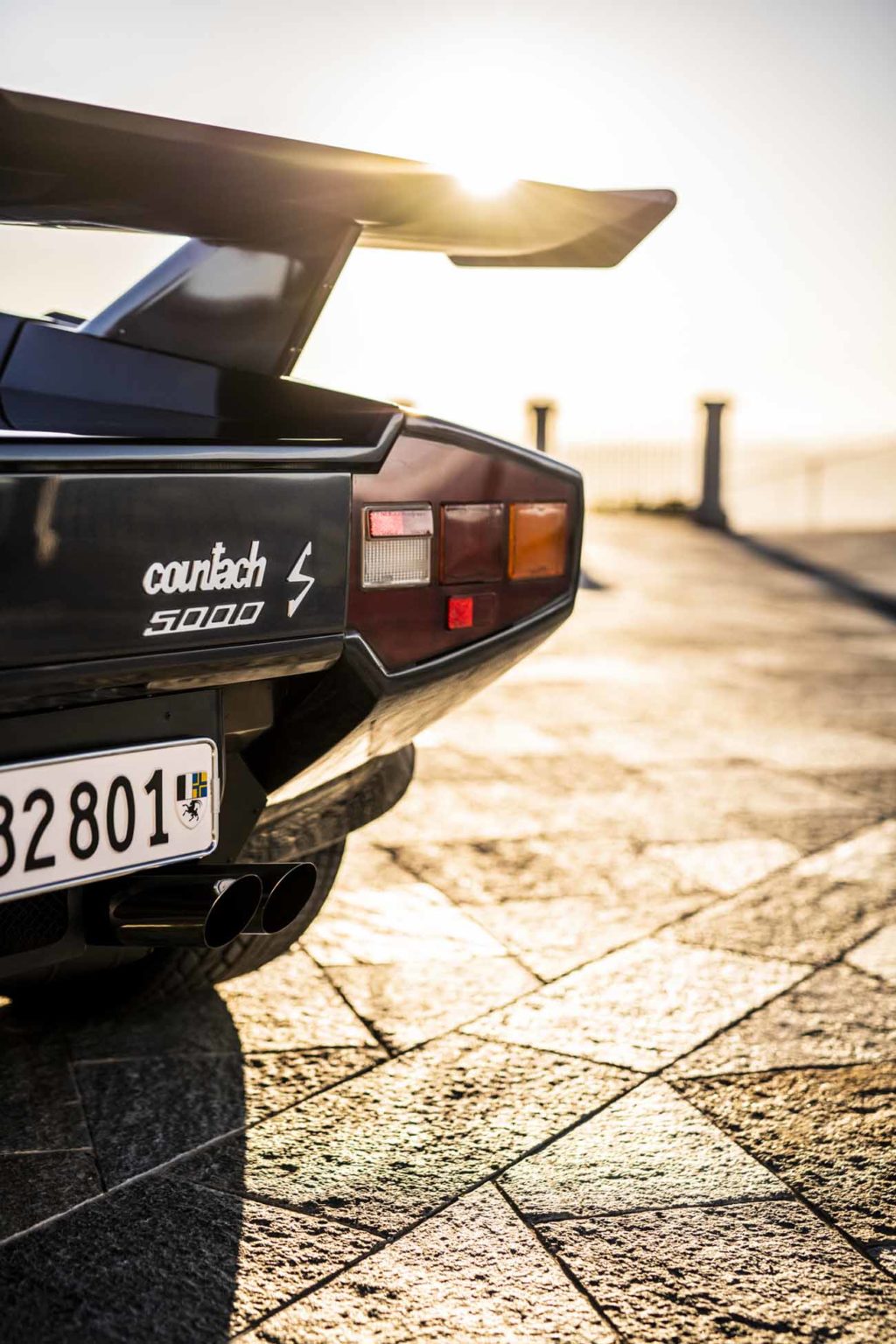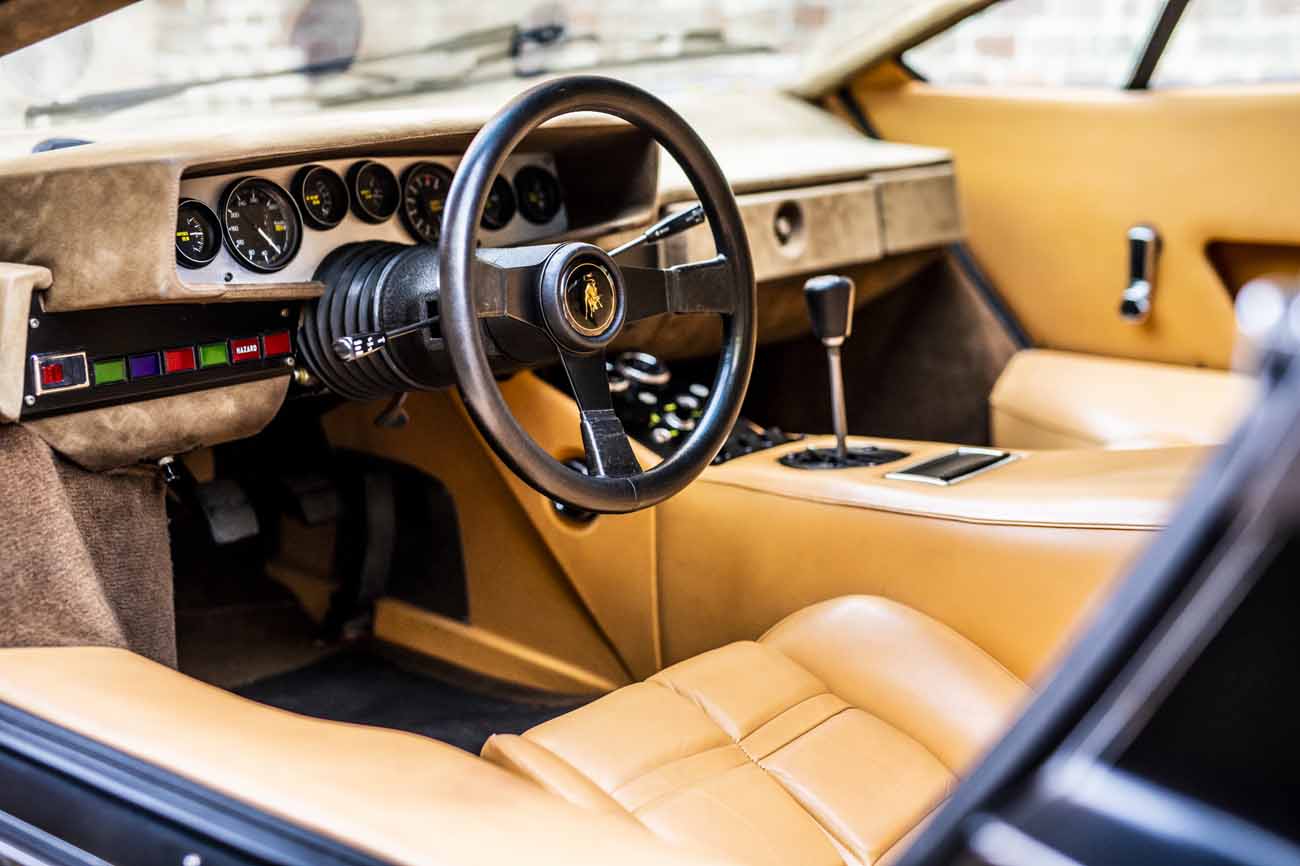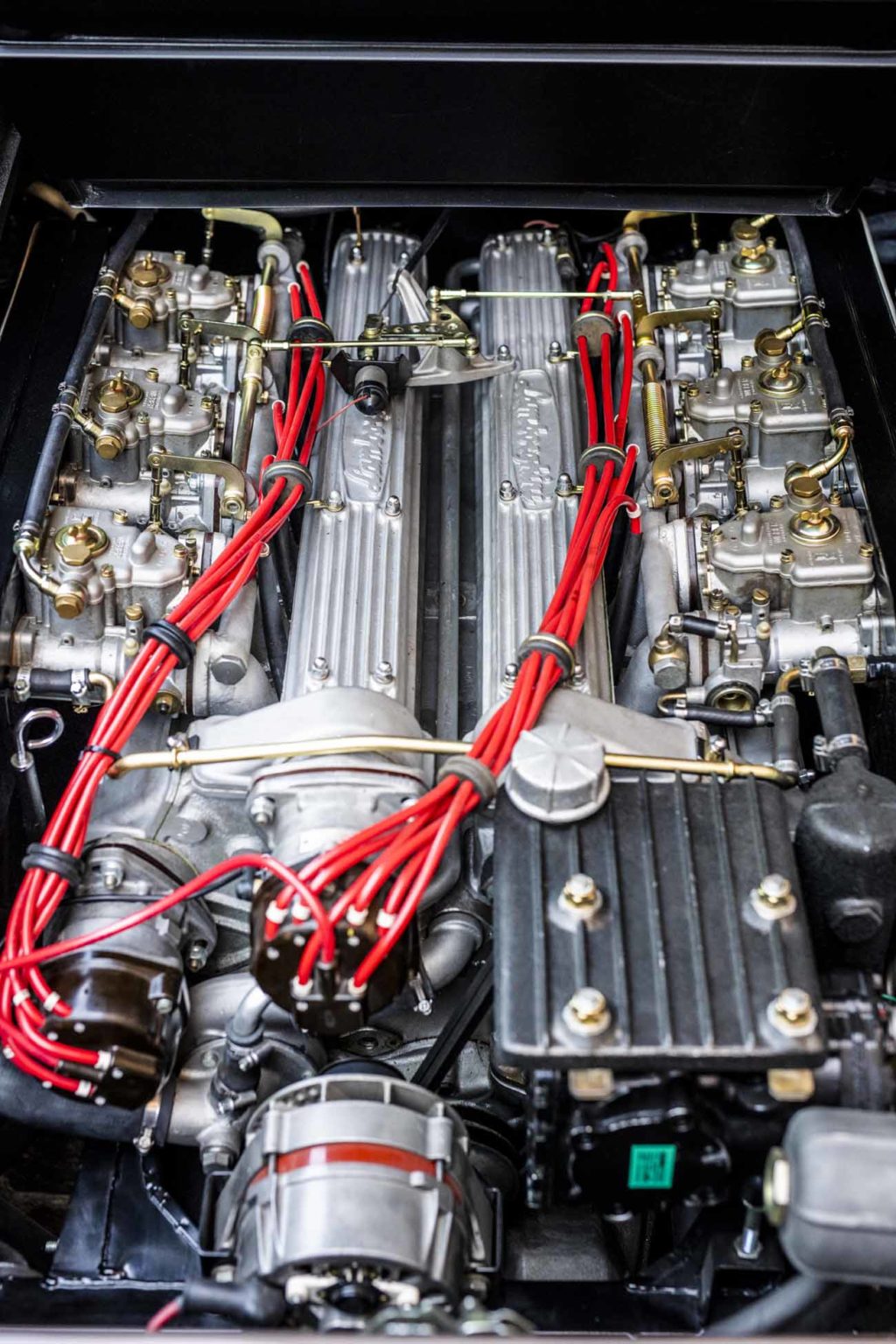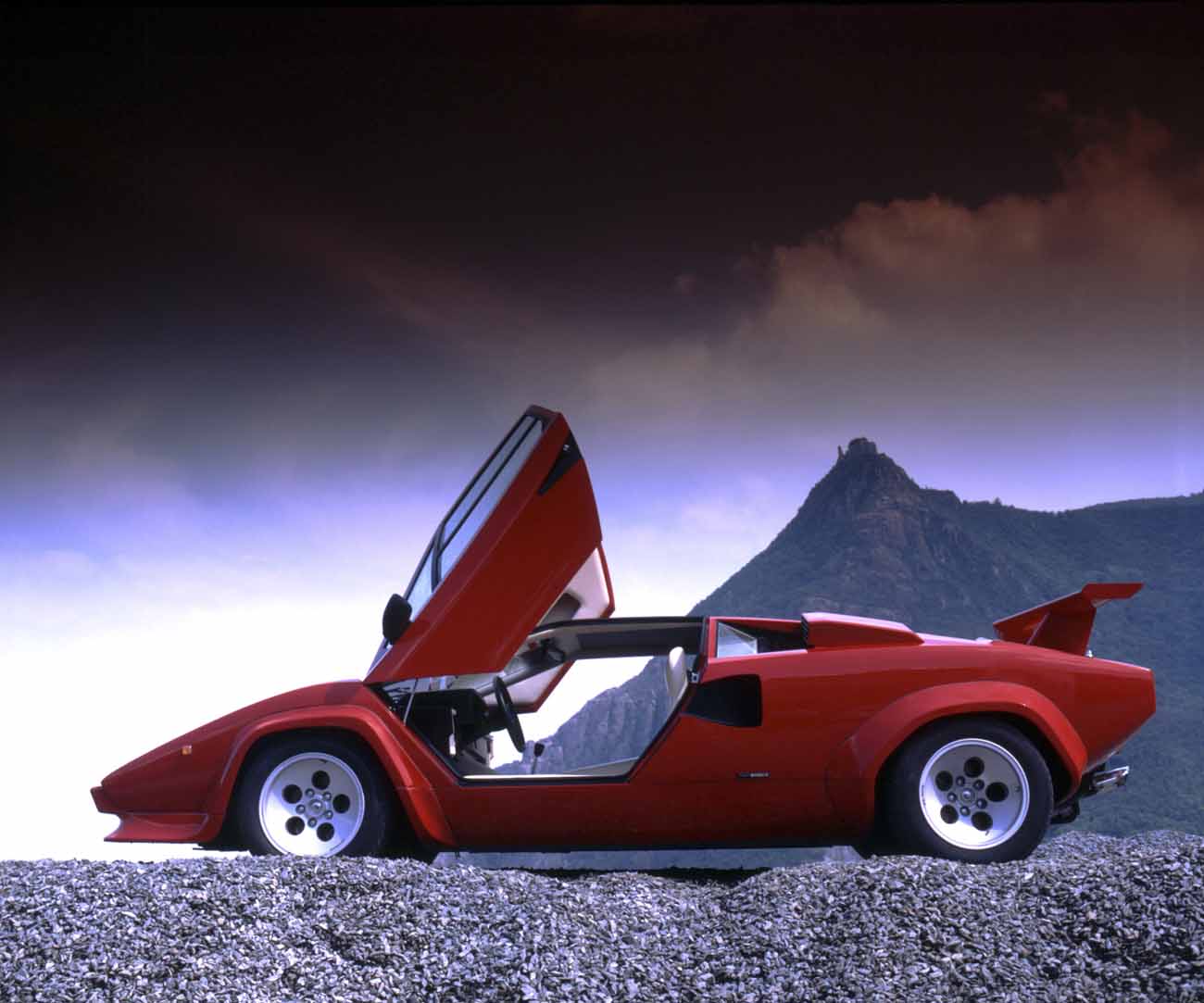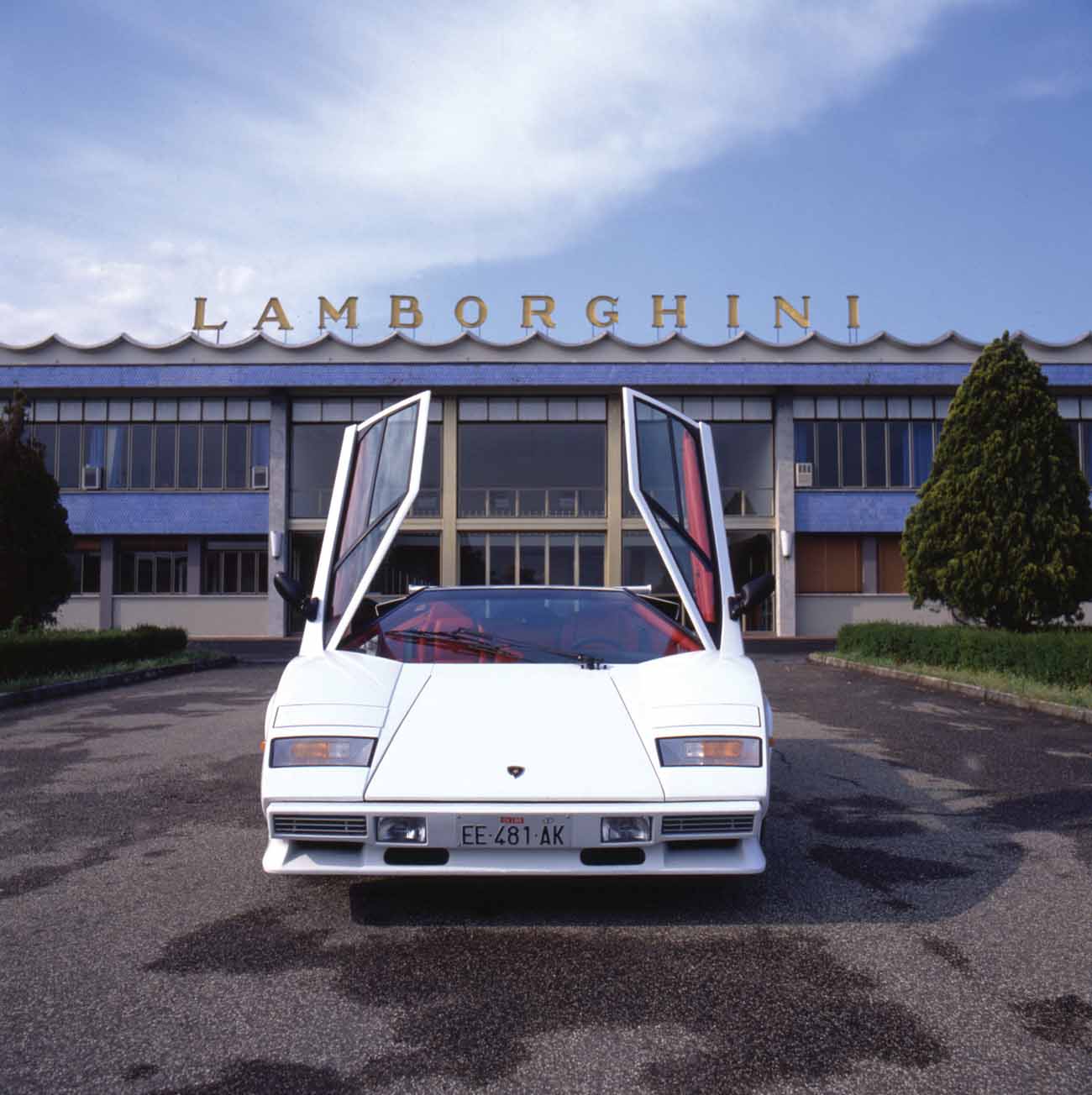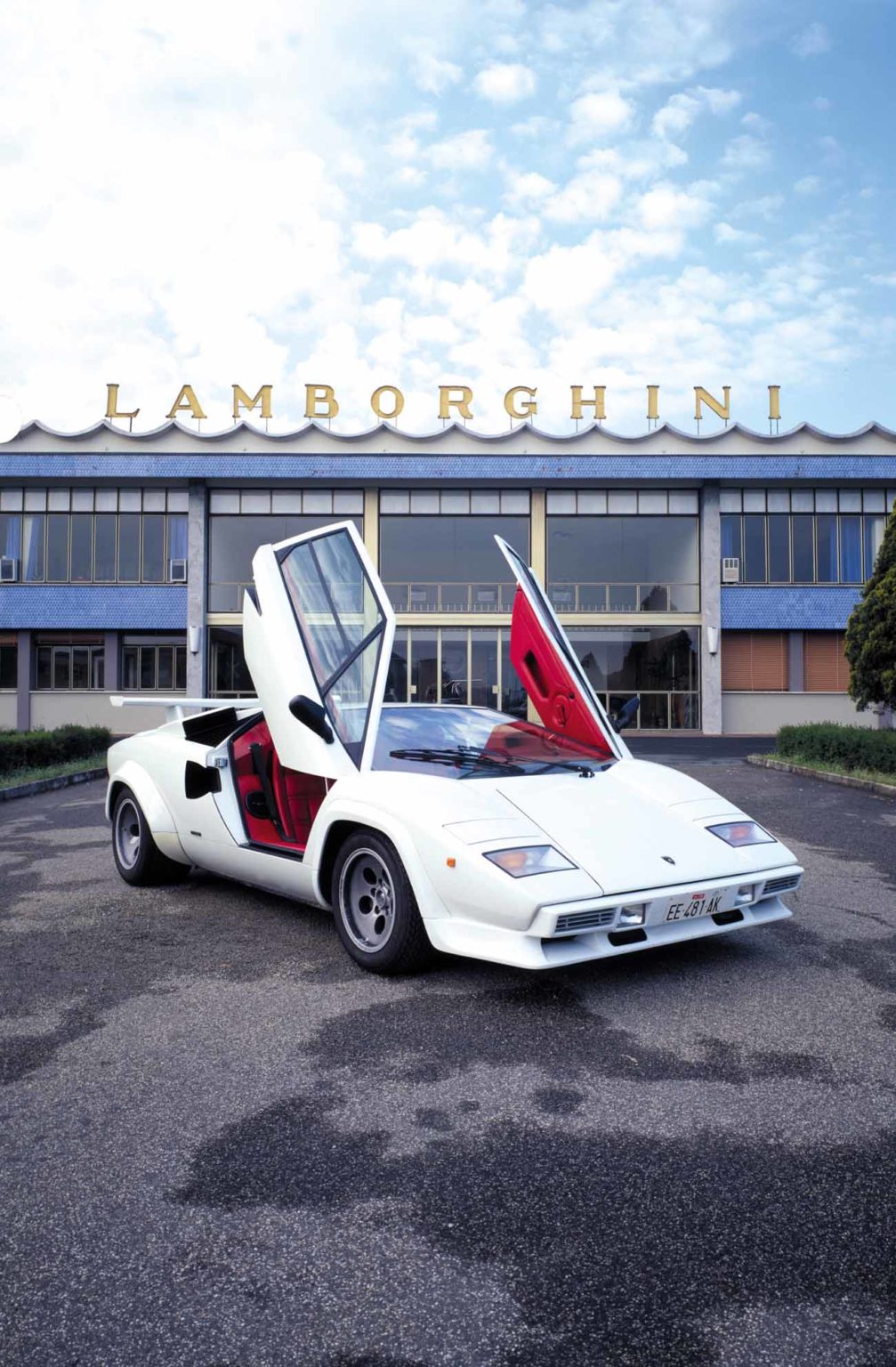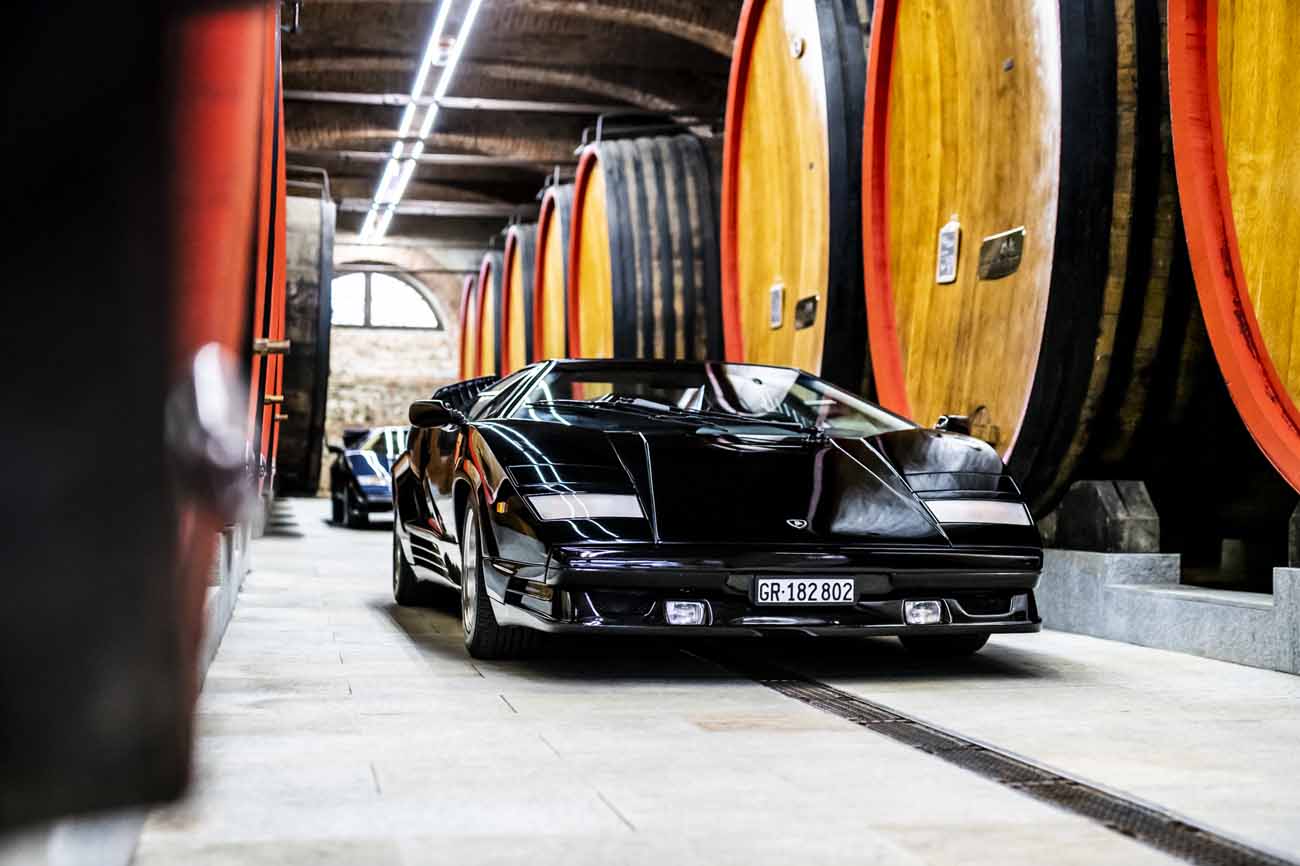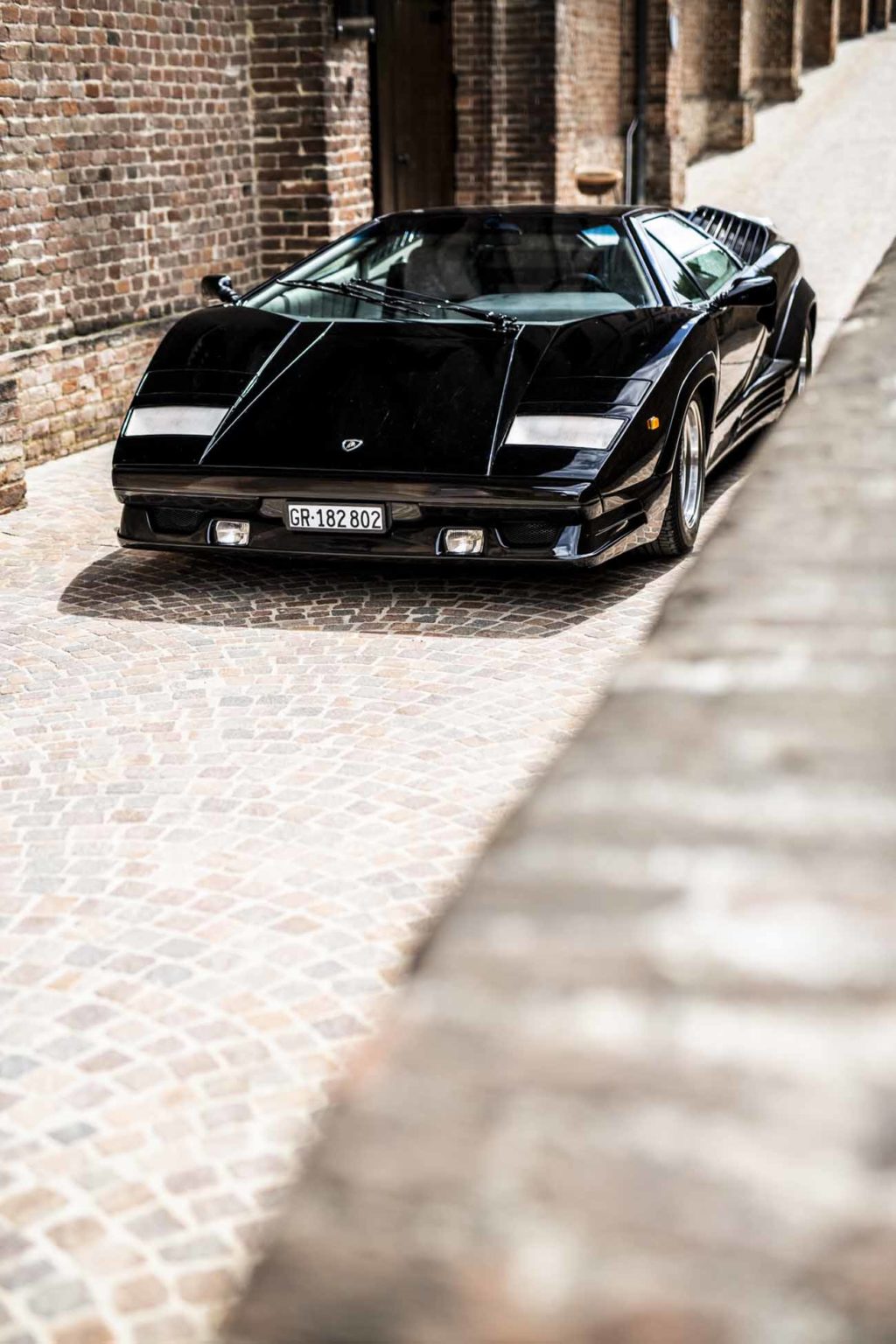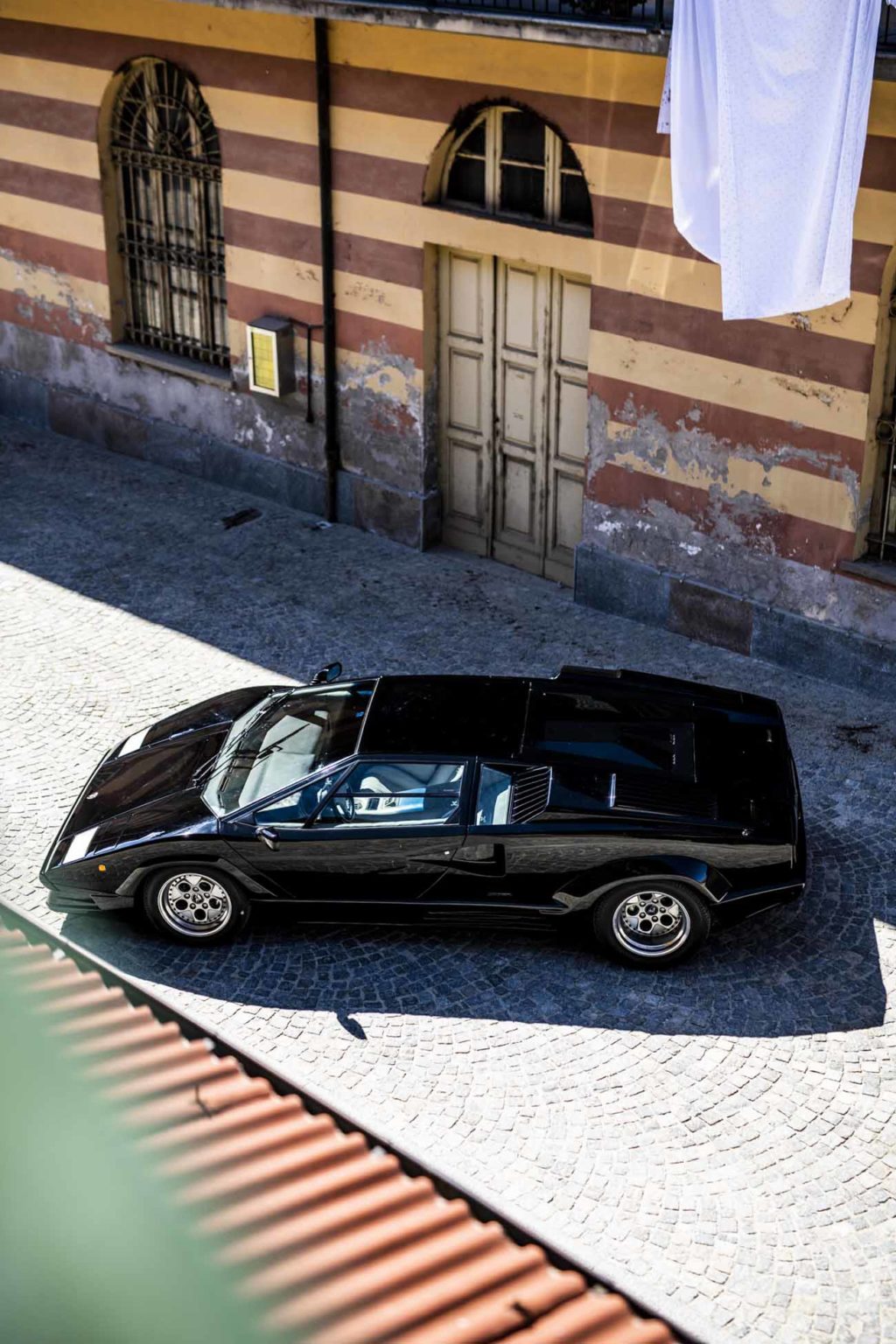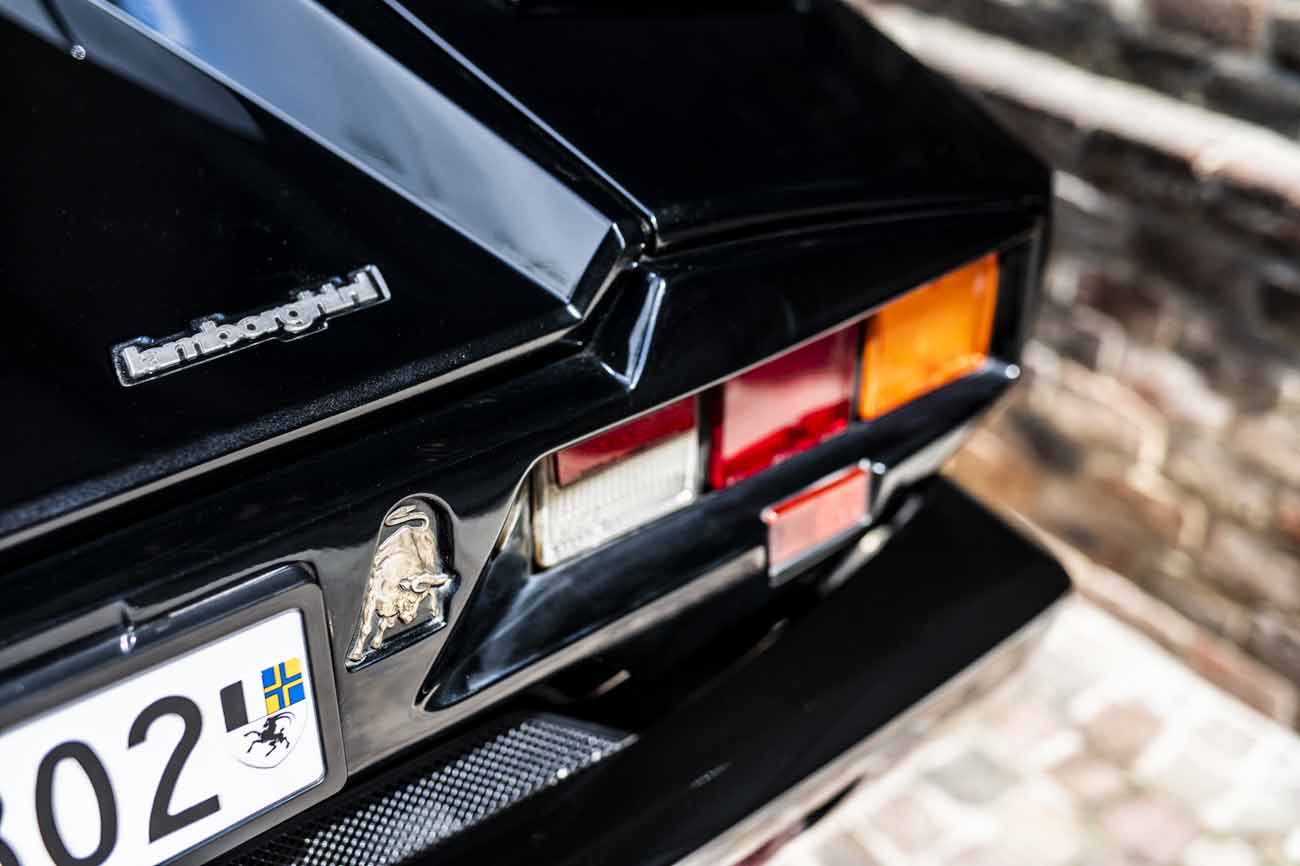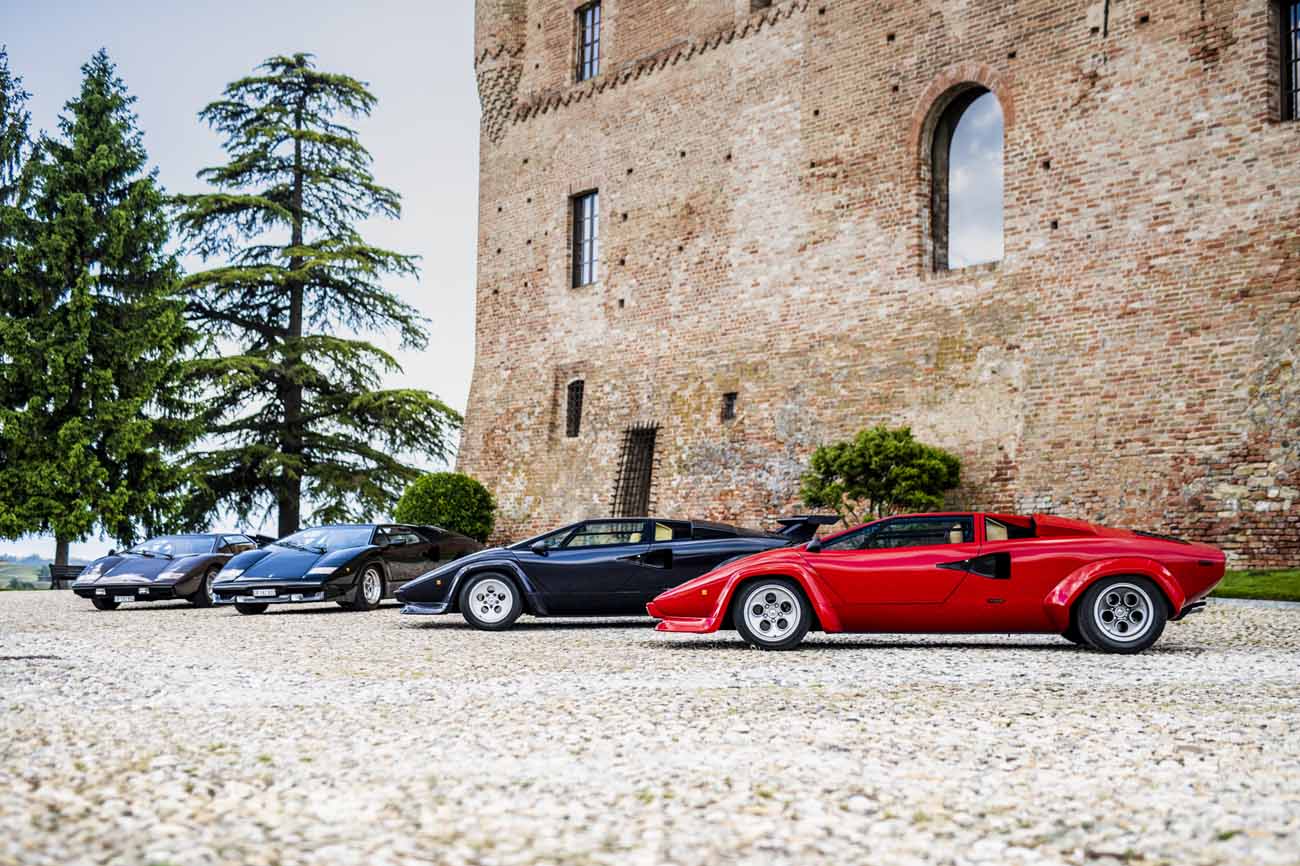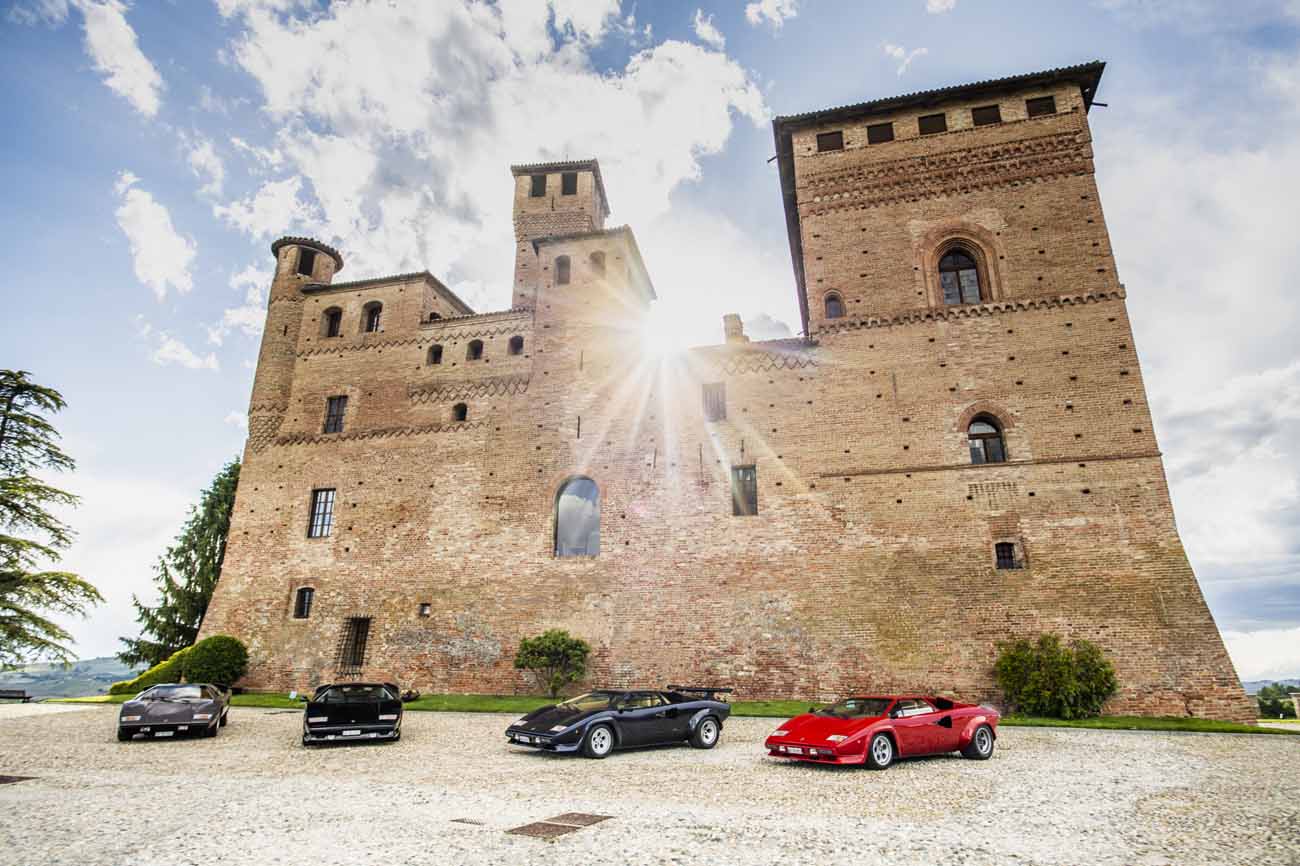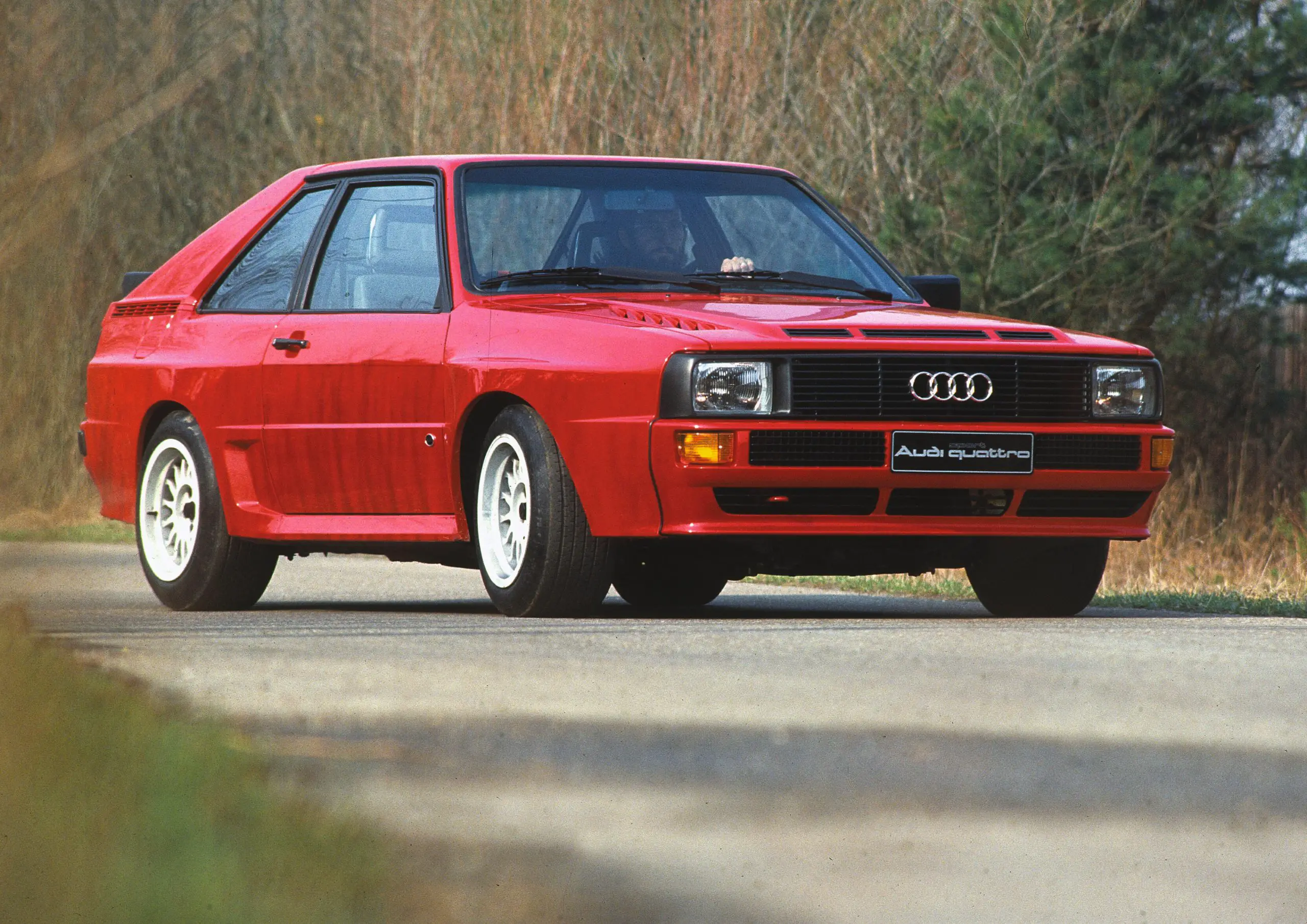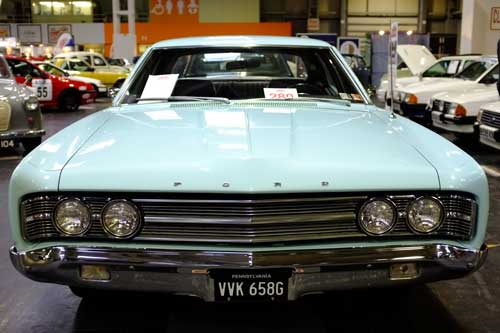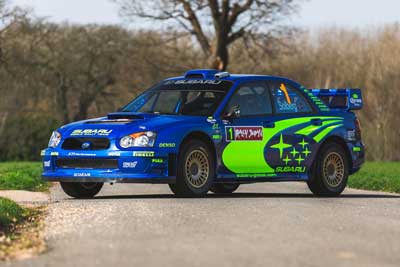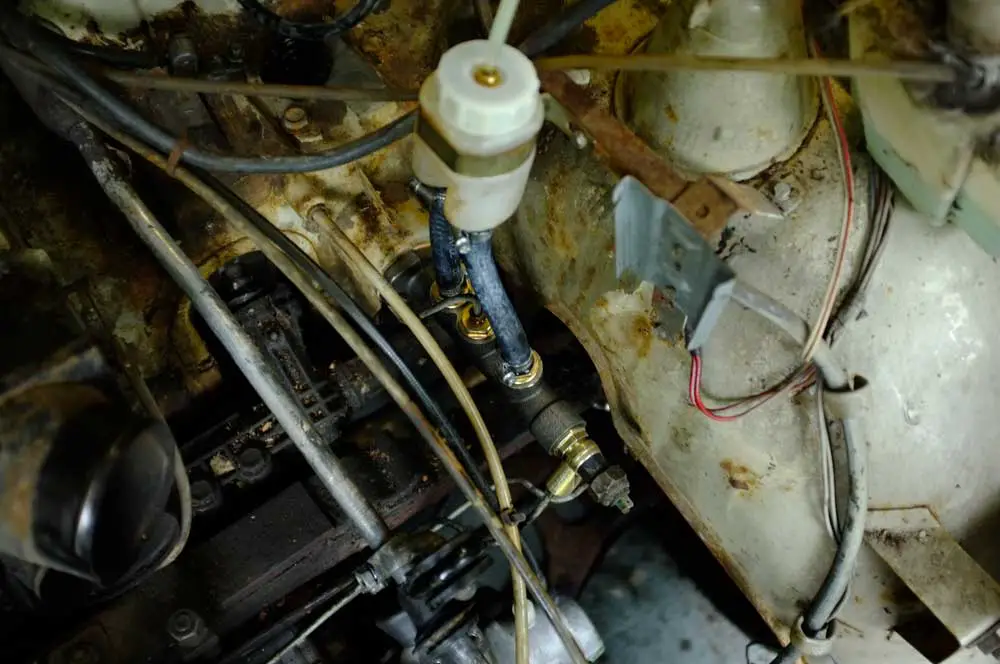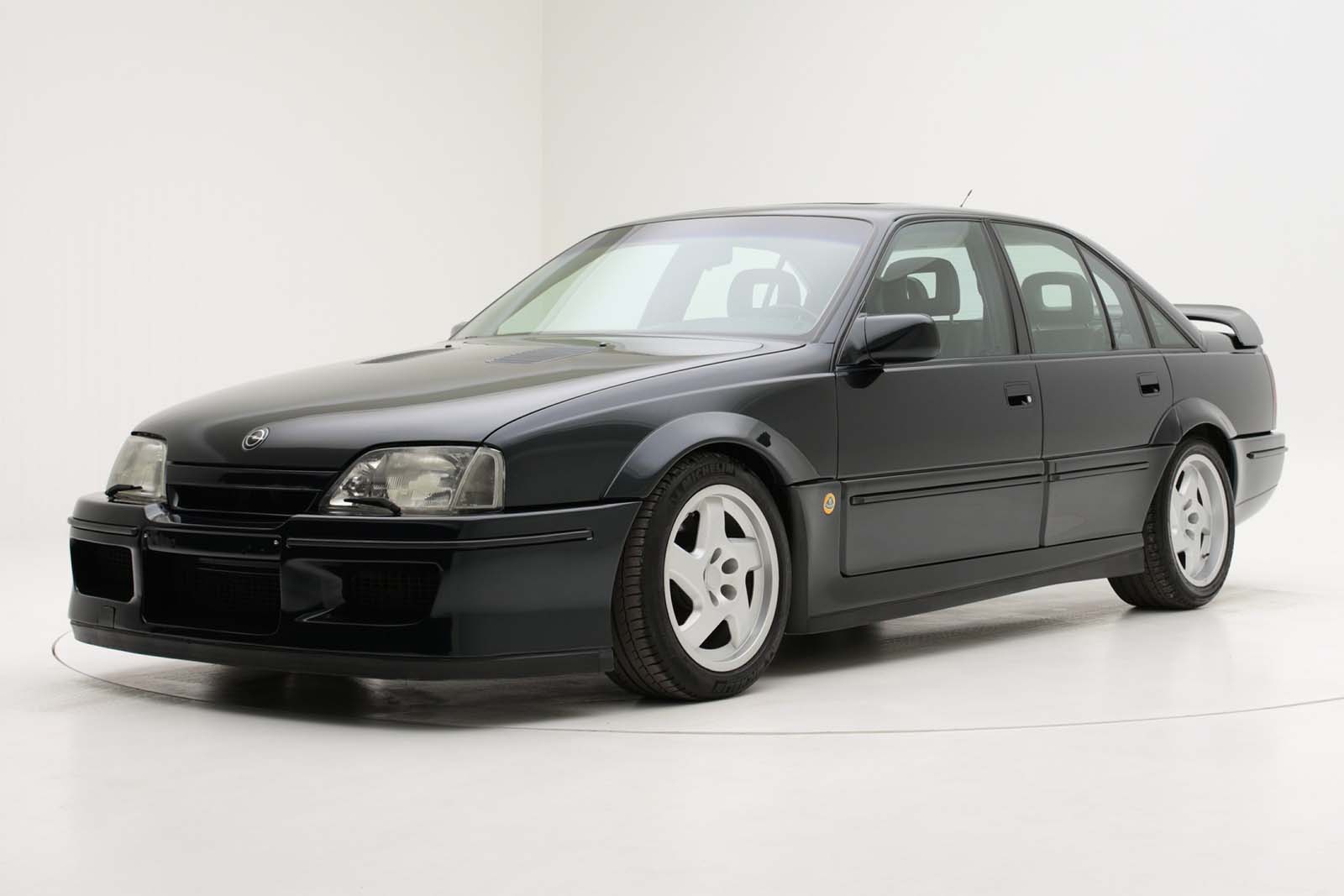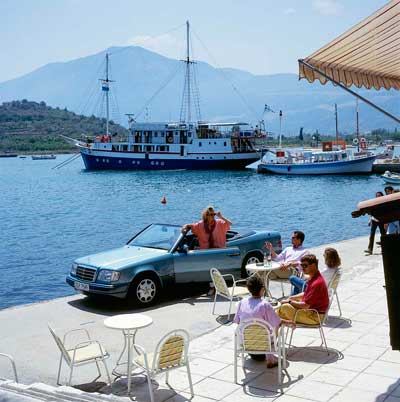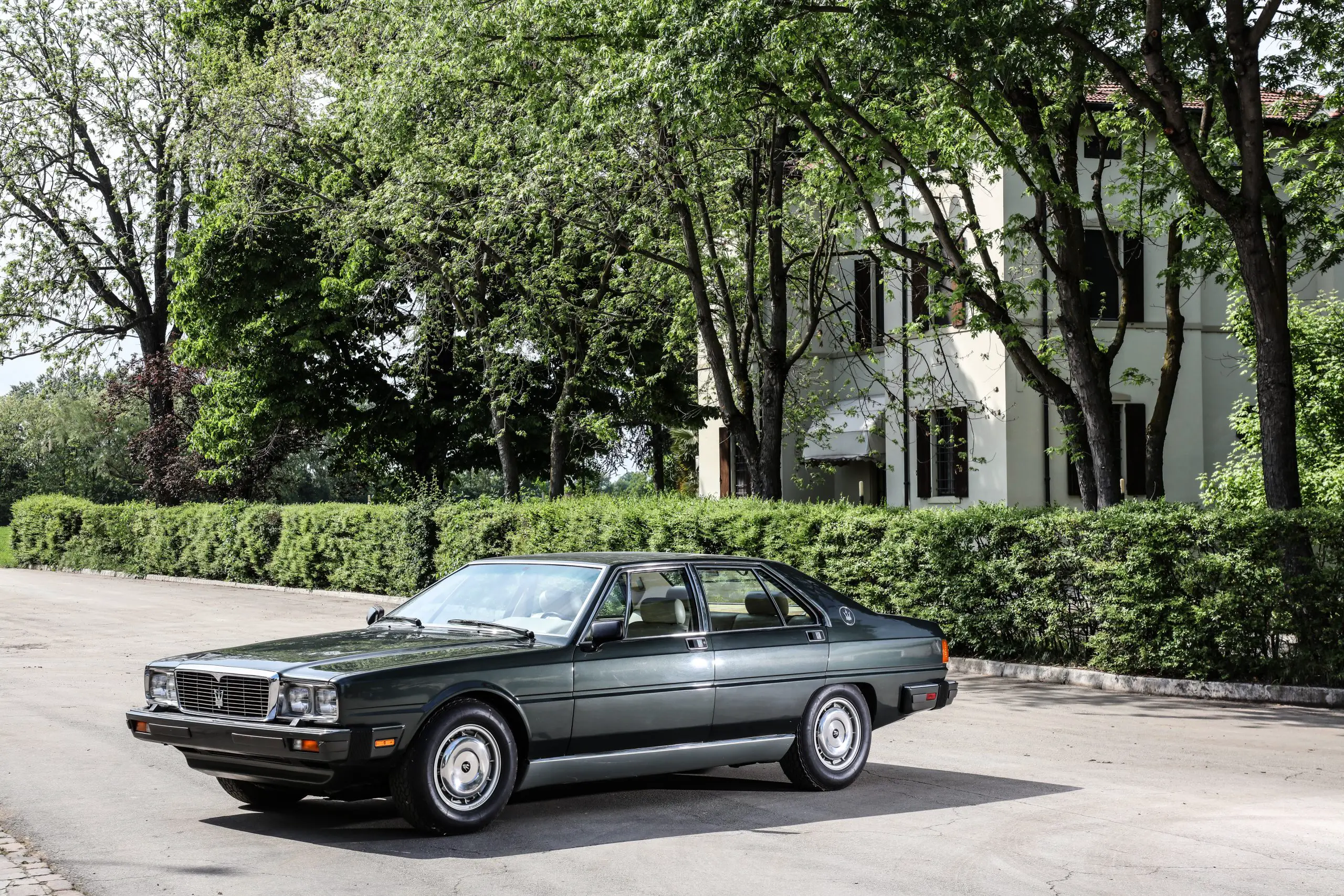
Lamborghini Countach Generations From Concept To Anniversary
Following the 50th anniversary of the introduction of the Lamborghini LP 500 prototype there are a series of videos about the Countach produced by Lamborghini. The first one is from legenday designer Marcello Gandini.
Gandini was able to produce an iconic shape with technical freedom that no longer exists today the restraint imposed today by regulations.
The 1970s was a period of creativity and very important time for design. Many concepts were inspired by social conquests, space exploration and the introduction of modern computing. Geometric patterns in fashion with their bright colours along with individualism with the new jet age.
The Countach ended up on so many bedroom walls and featured in many films. During this time it was seen as an automotive style and performance icon, something which hasn’t really changed over the years.
Table of Contents
1971 The Idea Car Debut - The Countach LP 500 Concept
In the summer of 1970 Ferrucio Lamborghini encouraged his design team to develop a replacement for the legendary Miura. The new car had to be technically advanced, faster, and able to become the next iconic sports car and symbolise the 1970s.
The V12 engine would form a big part of that and saw its capacity increased from 4 to 5 litres and they changed the way it mounted, from longitudinal to transverse. To do this while avoiding the limitations of a transmission that overhangs the rear Lamborghini’s technical manager. Paolo Stanzani came up with a solution. With the transmission ahead of the engine pressed up against it the shaft passed inside the engine block.
The styling was handed to Marcello Gandini who was then the head of styling at Carrozzeria Bertone. Gandini dropped the typical curves from the 1960s and designed a wide and low car with sharp edges. Quite an extraordinary shape at the time effectively bringing in the Wedge style.
The scissor doors were introduced due to the height of the sills and to help with access and allow for some extra width. By doing this Gandini created one of the most distinctive features of any of the Lamborghinis produced, and it met with Ferrucio Lamborghini’s approval too.
This new shape first shown with the LP 500 was soon adopted across the automotive industry. The sharp edges with the low nose and high tail were a feature for the next decade. The shape was so successful that the Countach remained in production with very few modifications over seventeen years.
1973 - The First Generation Countach LP400
The Prototype Countach LP 500 was an instant success. Drawing crowds and approval from the general public and pledges to buy them. However, it was not ready. The “idea car” was purely designed to test public reactions. When it was decided to put the car into production there were a few changes that had to be made. But importantly the overall shape remained very close to that of the prototype.
Two years of development saw the car ready, but it was an intensive two years. Long days were spent on the road testing the car, driven by legendary test driver Bob Wallace. The prototype racking up all of the test time as well as appearing at the 1971 Paris and Turin motor shows.
Considerable modifications were needed, mostly to do with the engine cooling. Not enough air was getting into the engine compartment so two Naca ducts were added above the radiators air intakes. The nose shape was subtly revised raising it by around 20mm or just under an inch.
Early road tests revealed that the 5 litre engine wasn’t ready, and reliability was an issue so needed further work and was replaced with a 4 litre essentially carried over from the Miura.
The Countach LP 400 made its launch debut at the Geneva Motor Show in March 1973 with chassis number #1120001.
This was another prototype but this time very similar to the production car. Technically the LP 400 differs from the LP 500 as the new car had a tubular trellis frame instead of a self-supporting structure.
The original show car appeared in red in Geneva was repainted green by the time it was at the 1973 IAA motor shows in Frankfurt, Paris and Earls Court in London. The car was later sold in 2000 but bought back by Automobili Lamborghini and is on display at the company museum MUDETEC.
The production Countach used a differentiated diameter tubular steel frame and used a fibreglass flat base and sheet metal panels to close the engine and luggage compartments. This structure was extremely rigid it also offered a number of benefits, weight being one of them. The structure hardly changed throughout the entire production run.
The 4 litre engine, 3929 cc, fuelled by six Weber 45 DCOE twin body carburetors, produced 375 hp at 8000 rpm. The tops speed was close to 300 km/h (186 mph).
The suspension was derived from race cars of the time, different length triangles, coil springs, hydraulic shock absorbers and a stabiliser bar at the front end. For the rear axle there are upper trapeziums and lower triangles with adjustable double shock absorbers for each wheel and an anti-roll bar.
The brakes were discs all round, self-ventilating and fitted with a caliper derived from racing.
This is considered to be the purest form of Marcello Gandini’s design, the LP 400 with only 152 series production units made up to 1977 is the most sought after of all the versions by collectors.
1978 - The Countach LP 400 S
The replacement for the LP 400 was the LP 400 S was introduced in 1978. It came with the new Pirelli P7 tyres which had dramatically reduced profiles going from 70 section all round to 205/50 VR 15 on the front and 345/35 VR on the rear fitted to newly designed magnesium wheels.
Wheel arch extensions were fitted to the body to accommodate the larger tyre, a new low front spoiler and the optional rear wing appears for the first time, becoming the most distinctive feature of the Countach over the following years.
The LP 400 was replaced by the Countach LP 400 S starting from 1978. It sported the new Pirelli P7 tires, which were lowered extensively and mounted on newly designed magnesium rims, 205/50 VR 15 on the front and 345/35 VR on the rear. It featured wheel arch extensions necessary to contain the larger tires, an ultra-low front spoiler and, as an option, a rear wing that was also to become one of the most distinctive features of the Countach in the following years.
The LP 400 S is considered to be the perfect version of the Countach, the sporting ability combined with the shape. At the time this king of appearance, one close to a racing car, had not been seen before on the road. It was also the inspiration for the following developments of the Countach. 235 units of the LP 400 S were produced, and it remained in production until 1982 when the LP 5000 S was introduced.
1982 - The Countach LP 5000 S / LP 500 S
The LP 5000 S was introduced under the new Technical and Production Manager Guilio Alfieri, who later became General Manager, in 1979.
The engine nearly became the 5 litre originally conceived for the prototype car, at 4754 cc was presented at the Geneva Motor Show in March 1982.
Sometimes confusingly named LP 500 S too, it depends on where you bought it.
Aesthetically the same as the LP 400 S, it had a slightly revised interior. The new engine developed 375 hp at 7000 rpm, with a 41.8 kgm torque at 4500 rpm, and it retained the six Weber 45 DCOE horizontal twin-body carburetors (after being imported into the USA, some vehicles were fitted with the Bosch K-Jetronic electronic injection).
323 units were produced until 1985 when the LP 5000 Quattrovalvole was revealed at the Geneva Motor Show in March 1985. It was also the first version to be officially imported and type-approved in the USA, as well at around the same time the QV arrived in 1986.
1985 The Countach LP 5000 Quattrovalvole - QV
The Quattrovalvole took the engine of the previous version and further enlarged it to 5.2 litres and had a four valve per cylinder head. This new technical development meant that the new carburetors, six Weber DCNF, could no longer be mounted horizontally, but vertically. The US market version had Bosch KE-Jetronic electronic fuel injection and a catalytic converter with an exhaust gas recovery system.
This new engine boosted the Countach power to 455 hp at 7000 rom, which was amazing at the time.
There were subtle alterations underneath, the front track was increased by 4.4 mm, aesthetic alterations were kept to the necessary minimum. However, a new engine cover was needed to allow for the extra height of the carburetors.
In 1988 the QV was given side skirts to modernise the appearance. In the US they had additional modifications for impact protection. The oversized front bumper and the profile at the rear was altered.
The QV was the first standard production Lamborghini to use composite materials in the body, the engine cover was the first panel to receive it.
There were a total of 631 Quattrvovalvole models produced until 1988.
Somewhat strangely since the beginning of production the Countach was sold in the US without the type approval needed for that market until the QV of 1986.
Every one of the Lamborghini Countach found in the US has a personal story behind its importation. They received many modifications to pass strict US regulations for pollution and protection against parking damage. these were solutions applied at the point of receipt which heavily limited the ability to sell a Countach in the world’s biggest and most important market.
It’s no coincidence that towards the end that nearly 50% of all Countach production was sold in its last four years from 1987 to 1990 when the model was 15 years old.
The engine found its way into another Lamborghini model, the LM002. A wild pickup truck which of course found its way to the US too.
1988 - The Countach 25th Anniversary
The Countach 25th Anniversary was the last evolution of the model and appeared in September 1988 at the Paris Motor Show.
Lamborghini had decided that they needed to replace the Countach as early as 1985 when engineer Luigi Marmiroli took over the head of the Technical Office from Giulio Alferi.
The car had been in production for fourteen years at the time, but until the new model was ready, they decided to refresh the Countach with a new version to celebrate the company’s 25th anniversary.
The aesthetic updates were quite significant, the chassis and mechanical updates less so.
The engine was given an improved cooling system and the chassis received adjustments to make the most of the new Pirelli P Zero tyres.
The passenger compartment received revisions too, made more comfortable with electrically adjustable seats with less bolstering and electric windows.
Horacio Pagani, the then young designer who was working for Lamborghini at the time, was responsible for redesigning the bodywork. He rounded the angular shape and managed to integrate the external appendages in a more cohesive way. The most visible features are the air intakes that were rounder and longer as they now contained the hot air outlet. There were also new aluminium wheels.
Some of these modifications borrowed from the Countach Evoluzione Prototype made the 25th Anniversary the most aerodynamic and gave the most downforce.
Of course, the US version had a significant difference to the rest of the world. They received electronic fuel injection while everywhere else received a version still equipped carburetors.
The very last Countach was a 25th Anniversary model was produced on July 4, 1990, with European specification. the exterior was Argento Metallizzato, or metallic silver, and had a Gray leather interior.
This car was number 658 of the 25th anniversary series, the largest production volume of the Countach and the most commonly found for sale today. It also carried the total number of Countach ever produced in 1999, without including the first LP 400. The car was never sold and has been retained by Lamborghini and is on display at the museum MUDETEC.
How Many Lamborghini Countach Were Built ?
The total number of Lamborghini Countachs officially built is 1999 and excluded the original LP 500 prototype and the first LP 400, essentially another prototype.
Total 25th Anniversary LP 5000 QV LP 500 S / 5000 S LP 400 S LP 400 | 1999 658 631 323 235 152 |
Total 25th Anniversary LP 5000 QV LP 500 S / 5000 S LP 400 S LP 400 | 1999 658 631 323 235 152 |
How much is a Lamborghini Countach ?
The Lamborghini Countach was produced in very small numbers, and they are very desirable. That means they are expensive.
For example, early cars such as the LP 400 can fetch up to around $1,000,000 USD. there is an example of such a car making €775,000 at auction in the link below.
Other models are still expensive but less so.
The LP 400 S can make as much as $350,000 USD.
The more common 1980s 5000 QV can make as much as $550,000 USD. Of course, there are some with the right previous owner that can fetch even more, but this seems to be about right at the moment.
The last and most common example is the 25th Anniversary and these can be had for under $400,00 USD with some appearing for $350,000 USD.
Video 1 - Lamborghini Countach Daring Design With Marcello Gandini
Video 2 - Lamborghini Countach Beyond Boundaries With Maurizio Cheli
He became a member of the European Space agency in 1992 and then onto NASA in Houston where he was Mission Specialist, the first Italian to do so.
A Countach seems an appropriate vehicle.
Video 3 - Lamborghini Countach Timeless Innovation Interview With Peter Schiller
Apple Fellow Phil Schiller talks about technology, computing, and innovation brought about by the craving for change that still resonates with everything that has to do with the Lamborghini Countach.
Video 4 - Disruptive Creativity Greg Williams
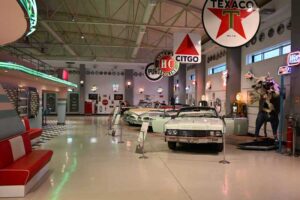
Ural Ataman Classic Car Museum – Istanbul, Turkey
This has to be one of the nicest private collections I have seen, the Ural Ataman Museum in Istanbul, turkey has not only a wide

Tbilisi AutoMuseum Car Museum – Georgia
You may not have heard of this, but the small car museum in Tbilisi Georgia really has quite a lot to see. Buried in an
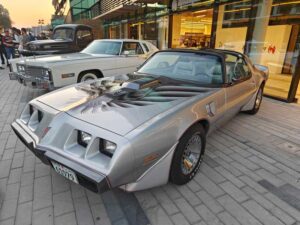
Bahrain Bike Week Classic Car Show December 2024
Bahrain Bike Week is the biggest event of its kind in the Middle East and the 2024 one was no exception. It’s not just the

Ford Motor Company Bring Back Group 5 Mk1 Escort & Group B RS200 With The Help Of Boreham Motorworks
Ford have granted a licence to Boreham Motorworks, a division of the DVRN Automotive Group, to produce new versions of not just the Mk1 Escort
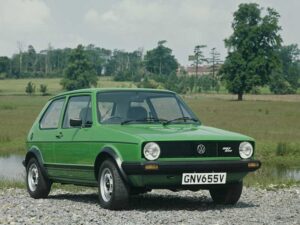
The VW Golf At 50 Years Old
Europe’s number 1 selling car the VW Golf has reached 50 years old this year, starting production on the 29th of March 1974. In
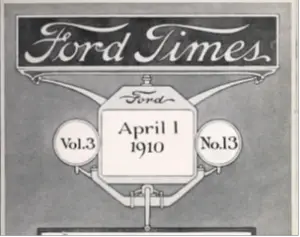
Ford’s Heritage Vault Makes The Ford Times Magazine Available To The Public
Ford’s expansion through the early 20th century was something to behold, the rapid growth of the company and the success of the Model T led

